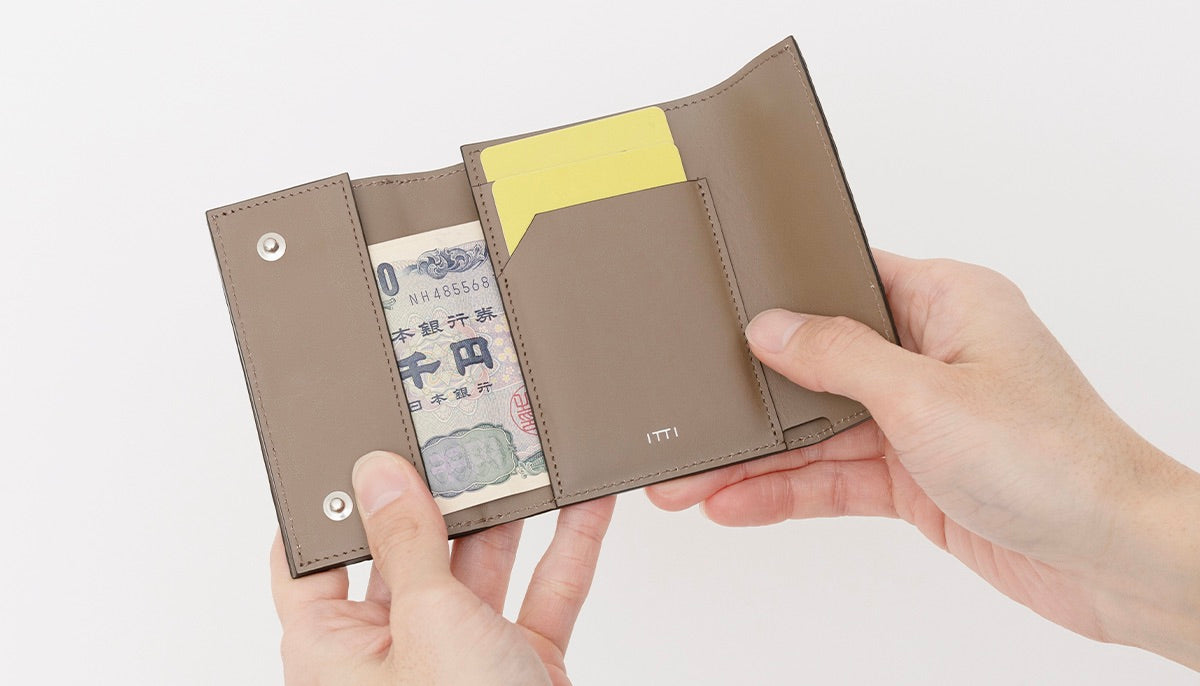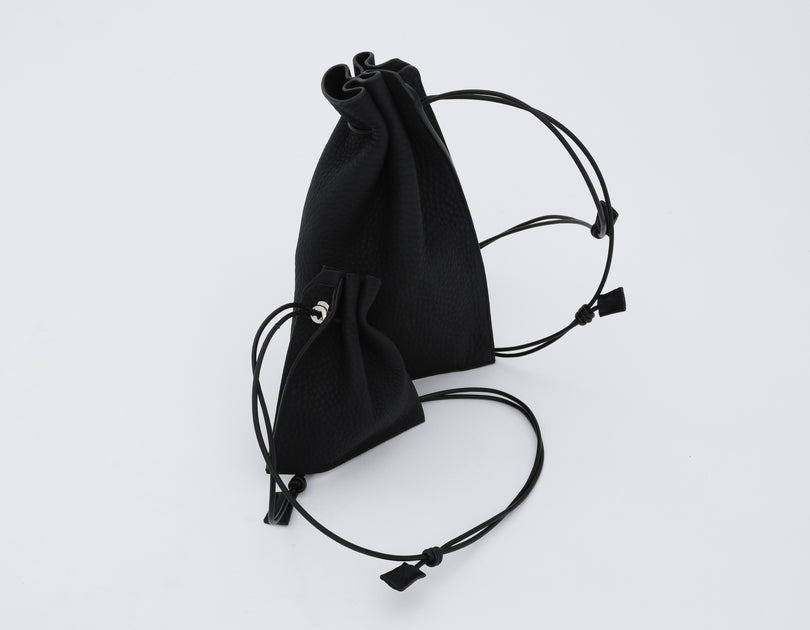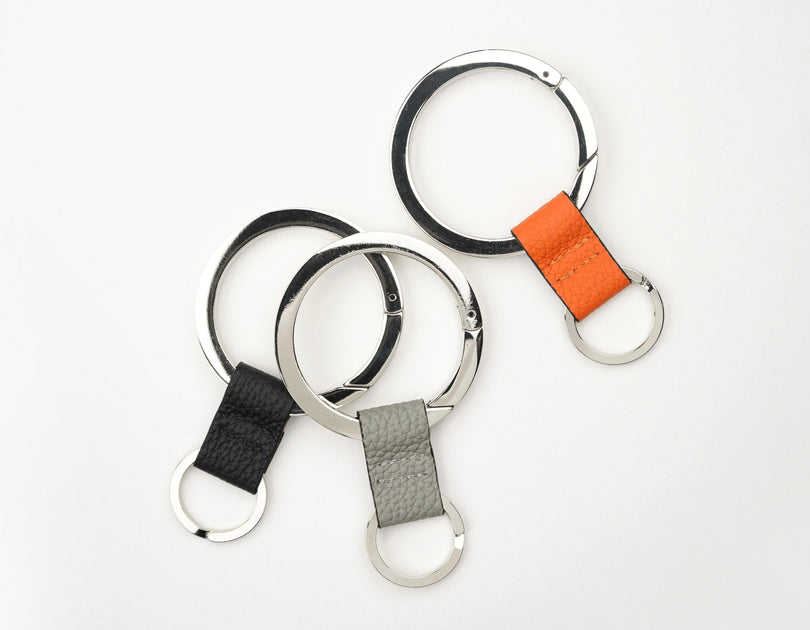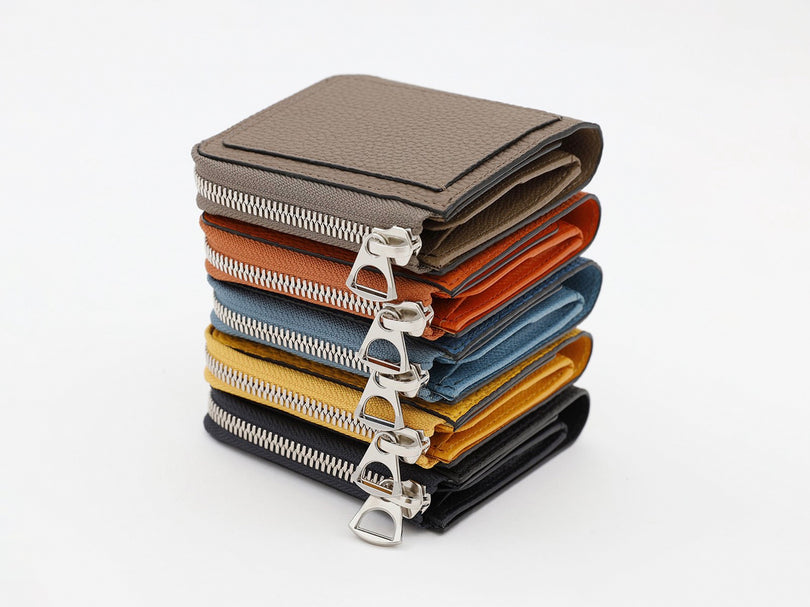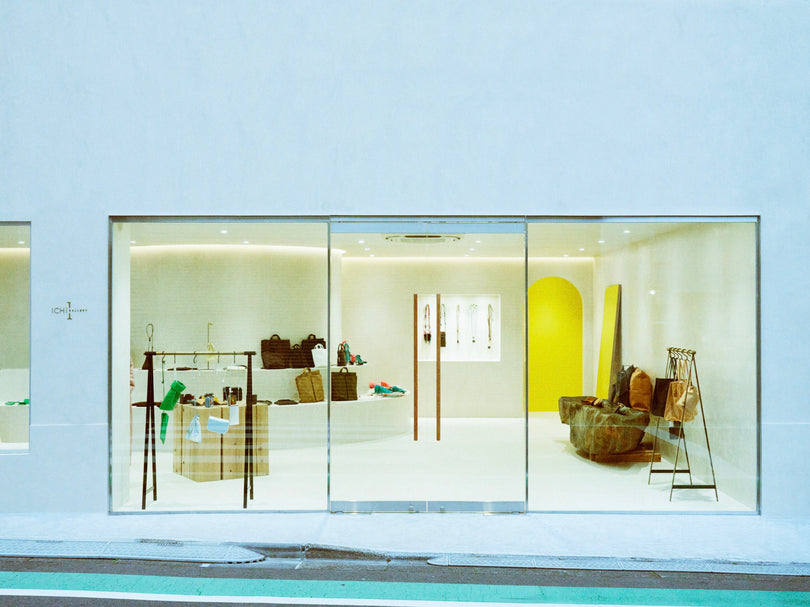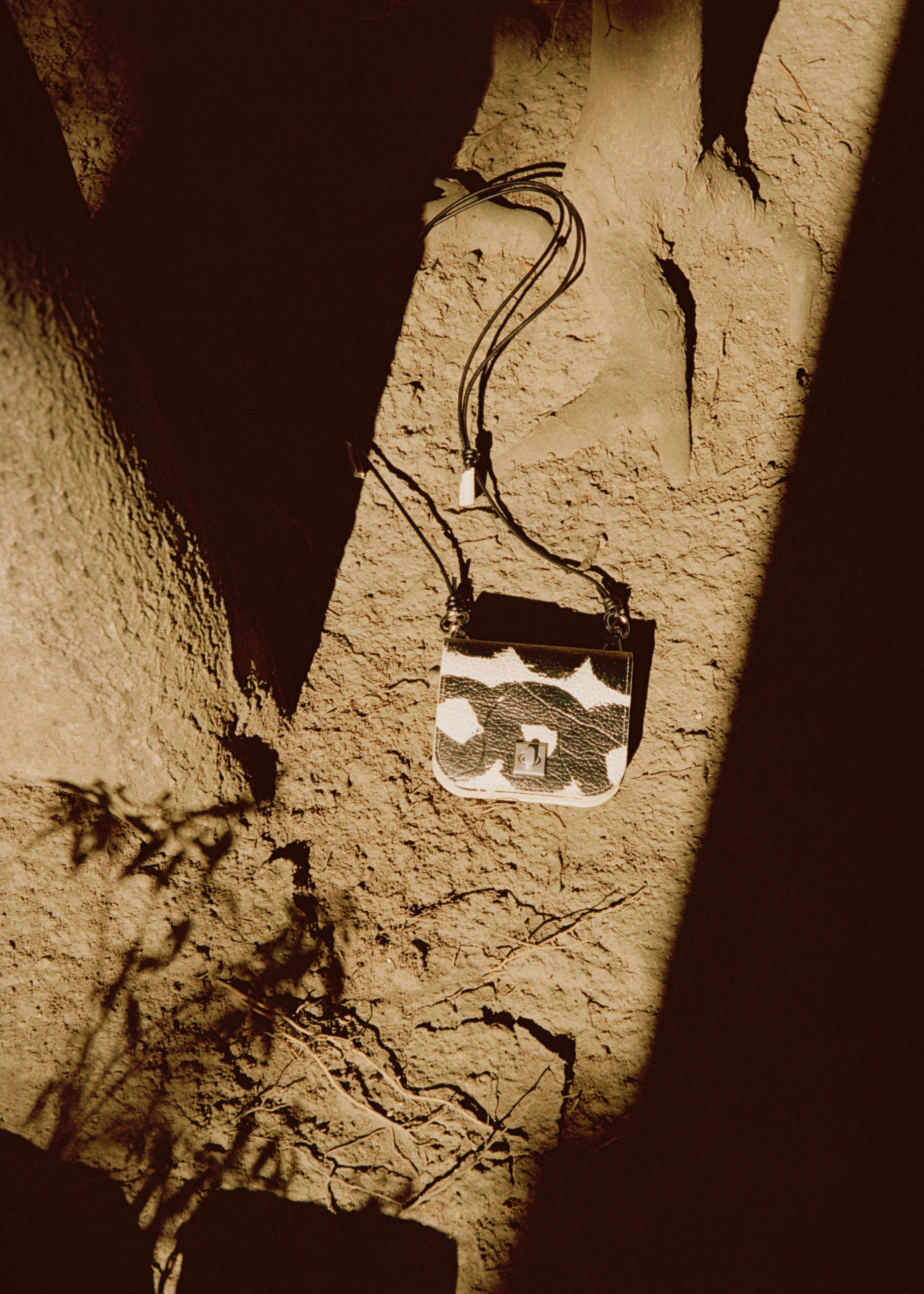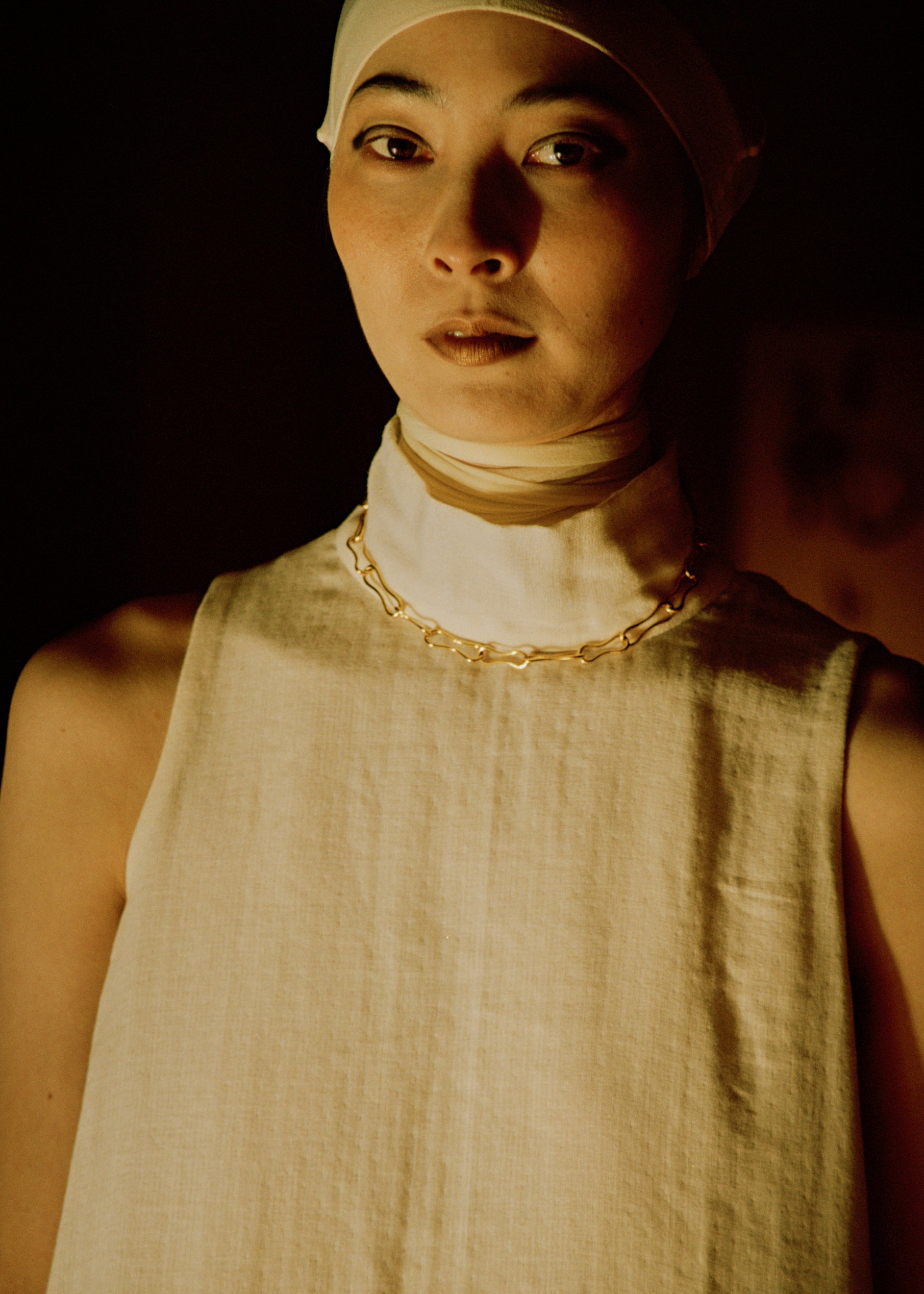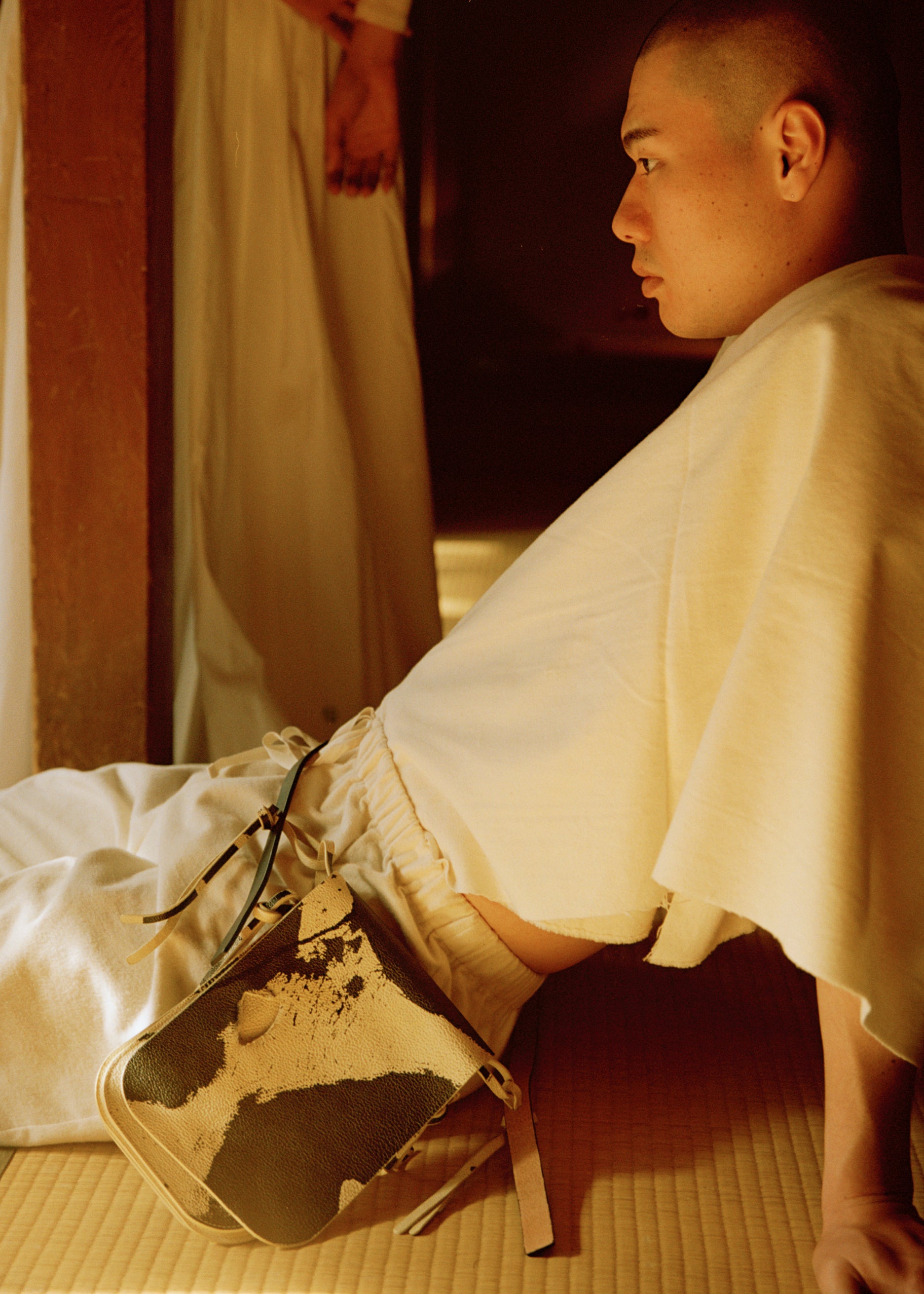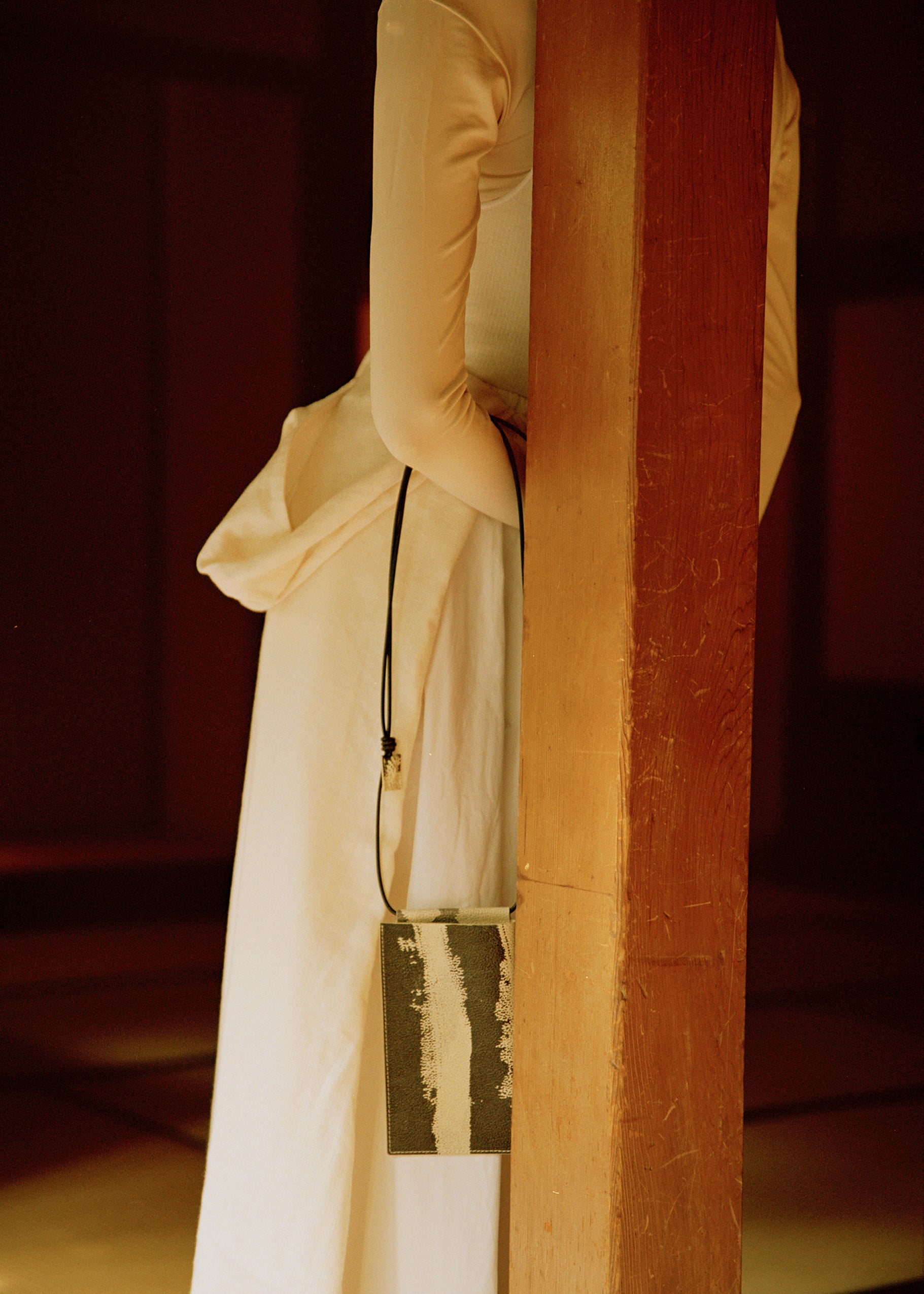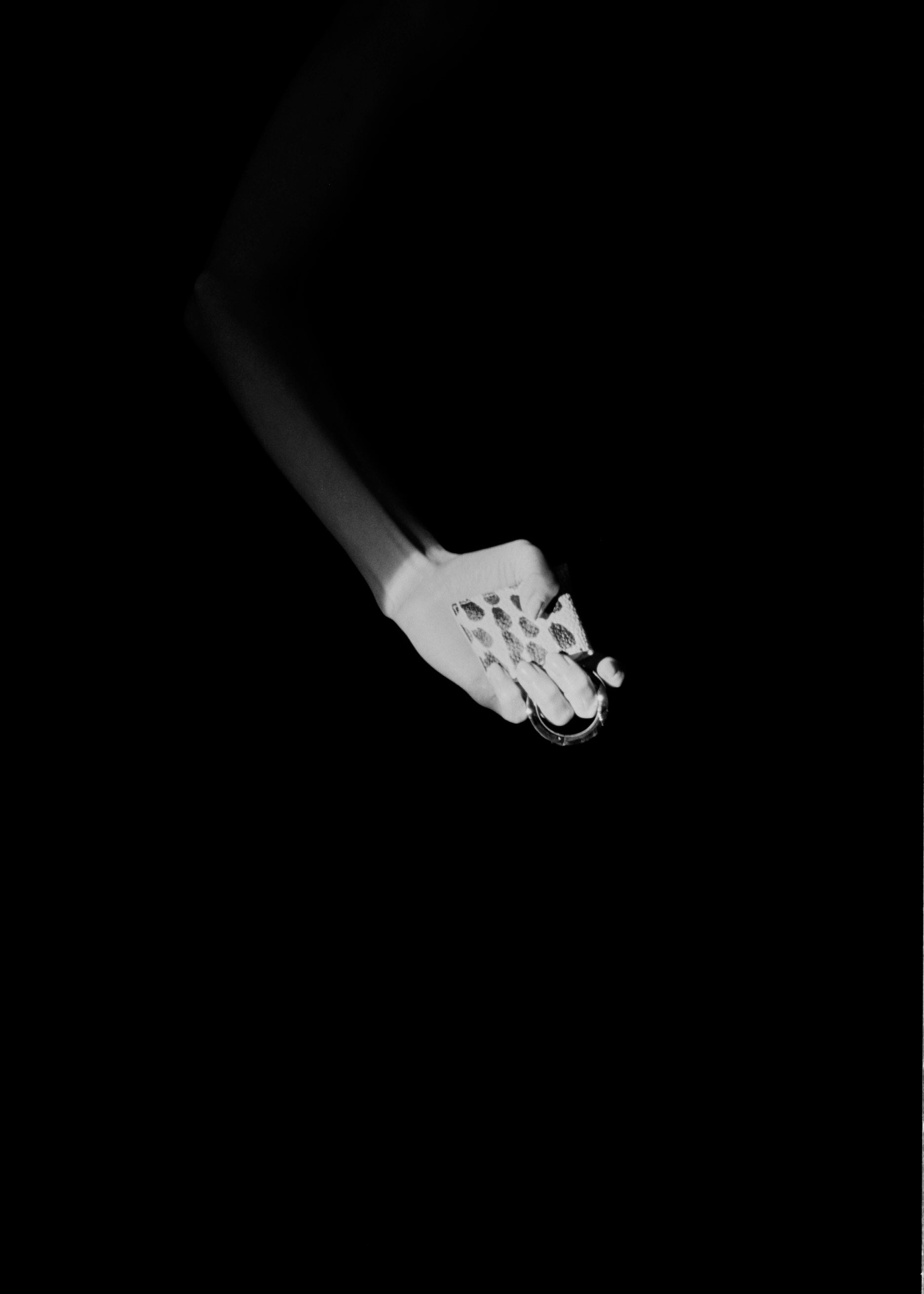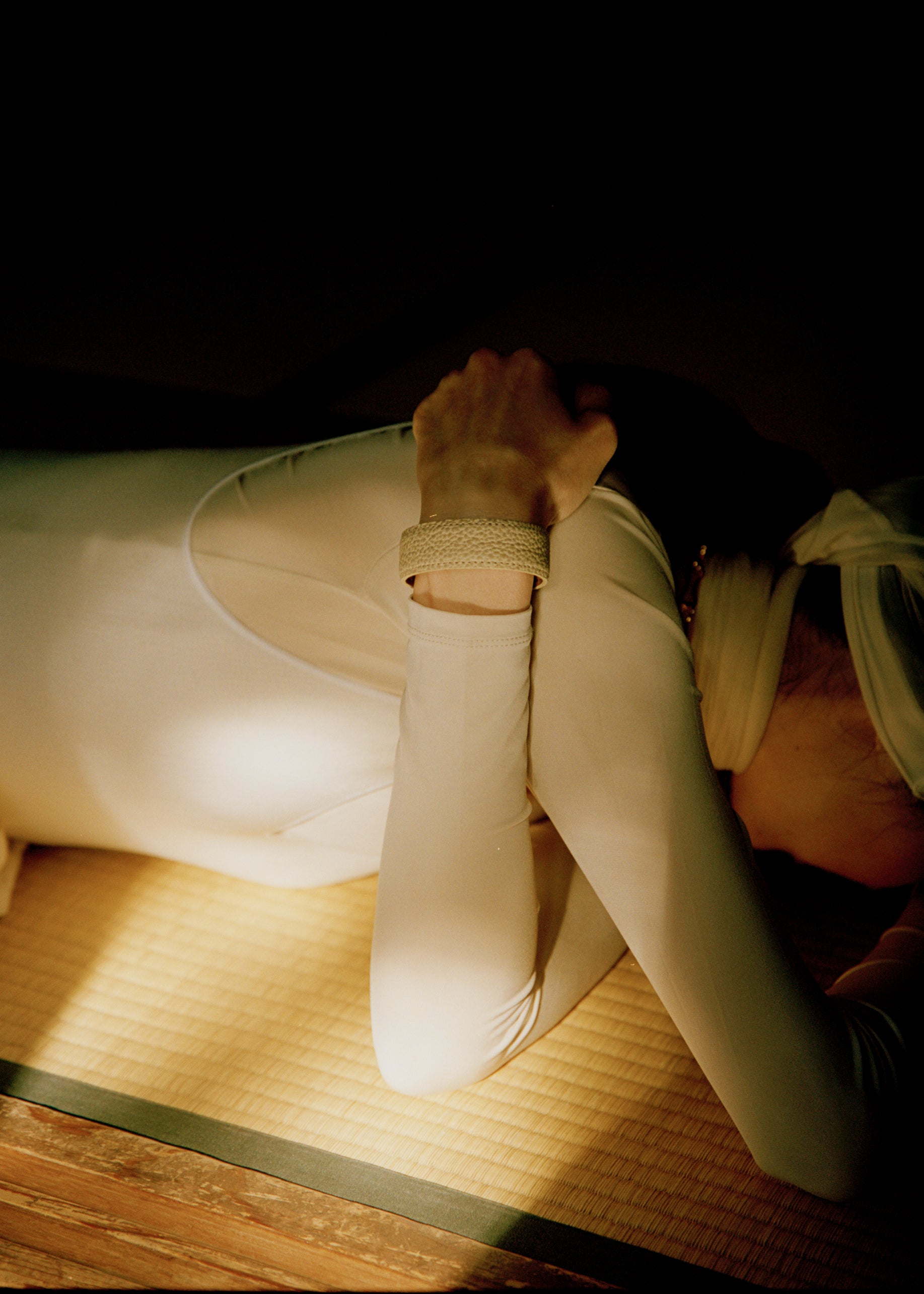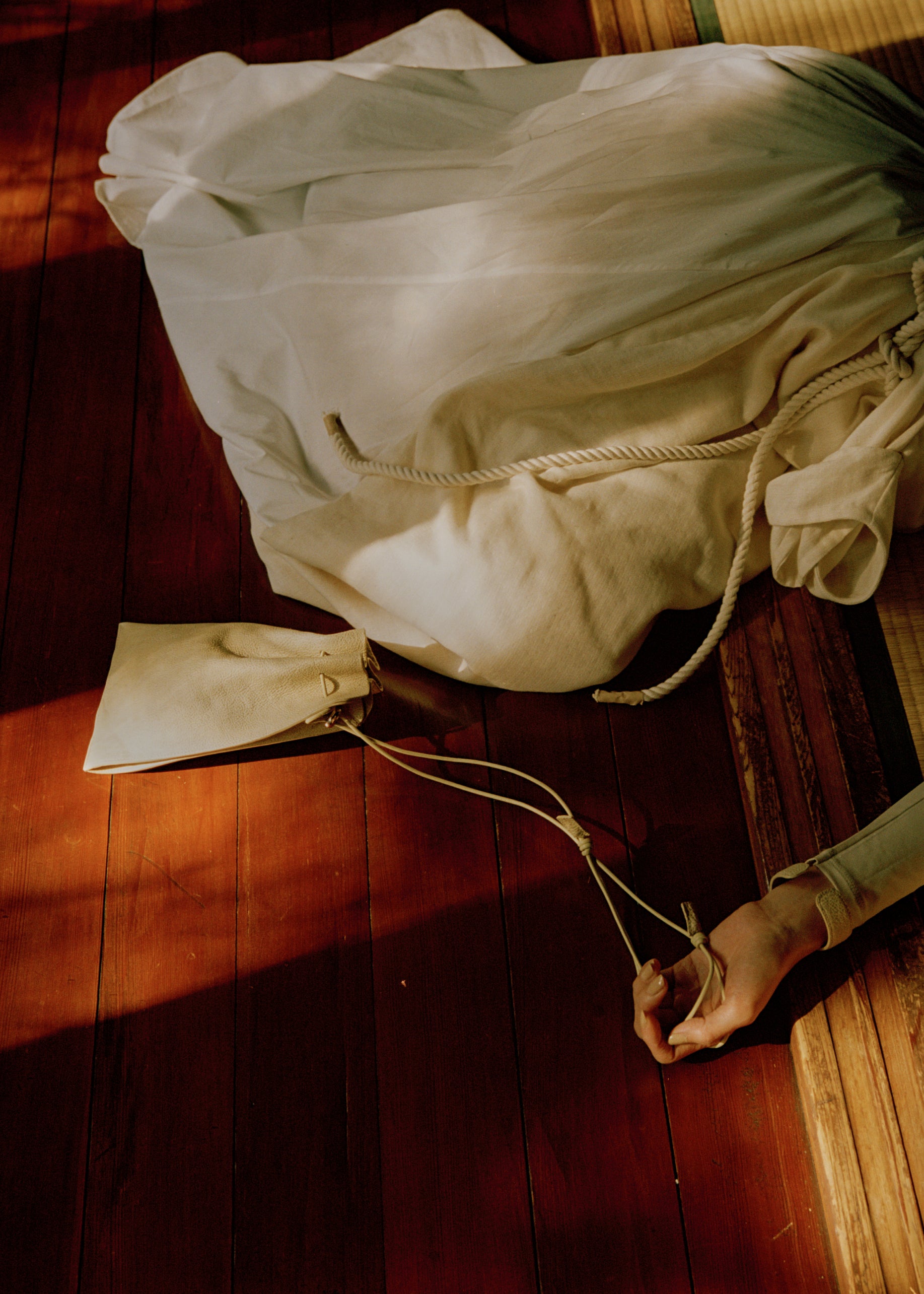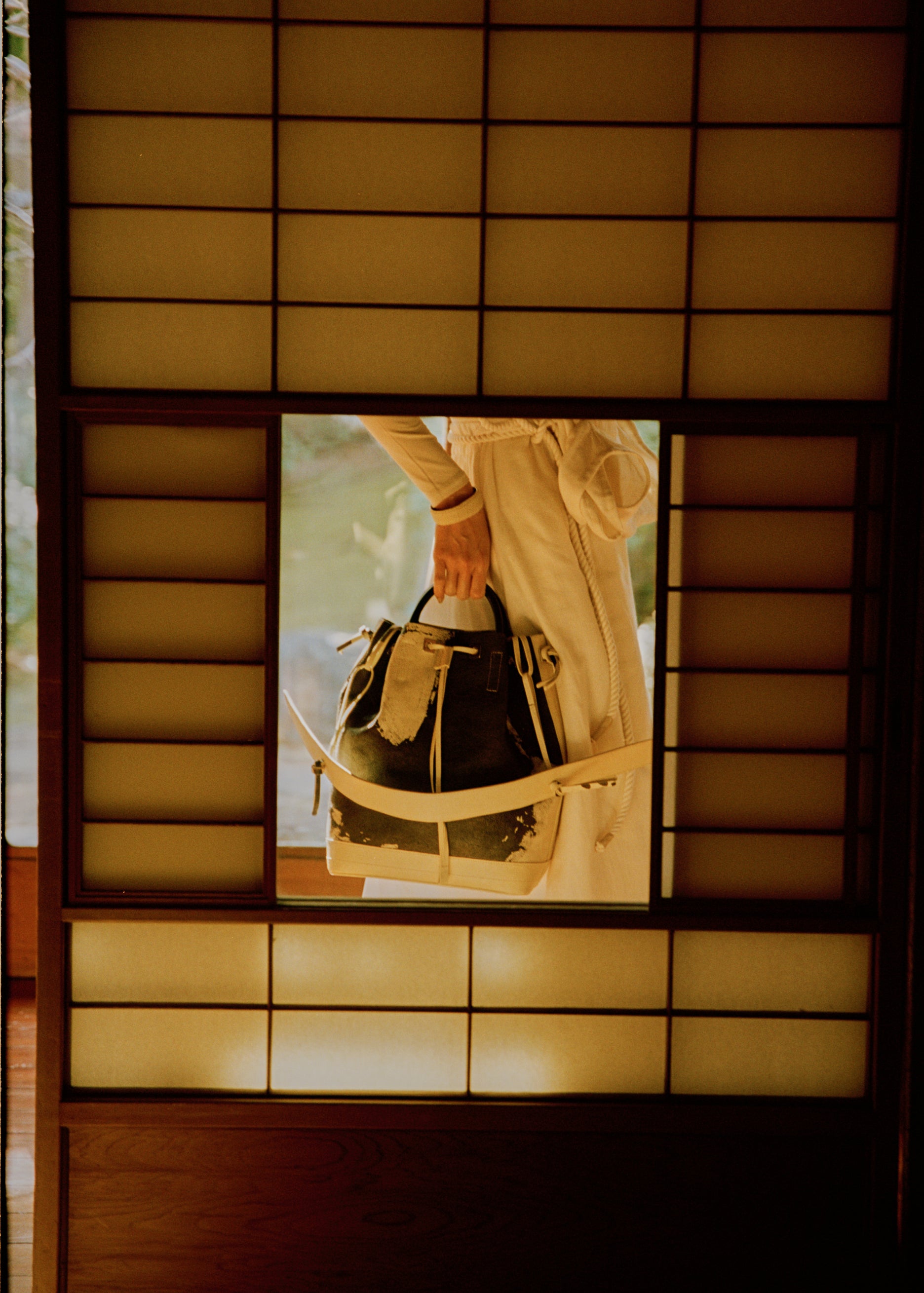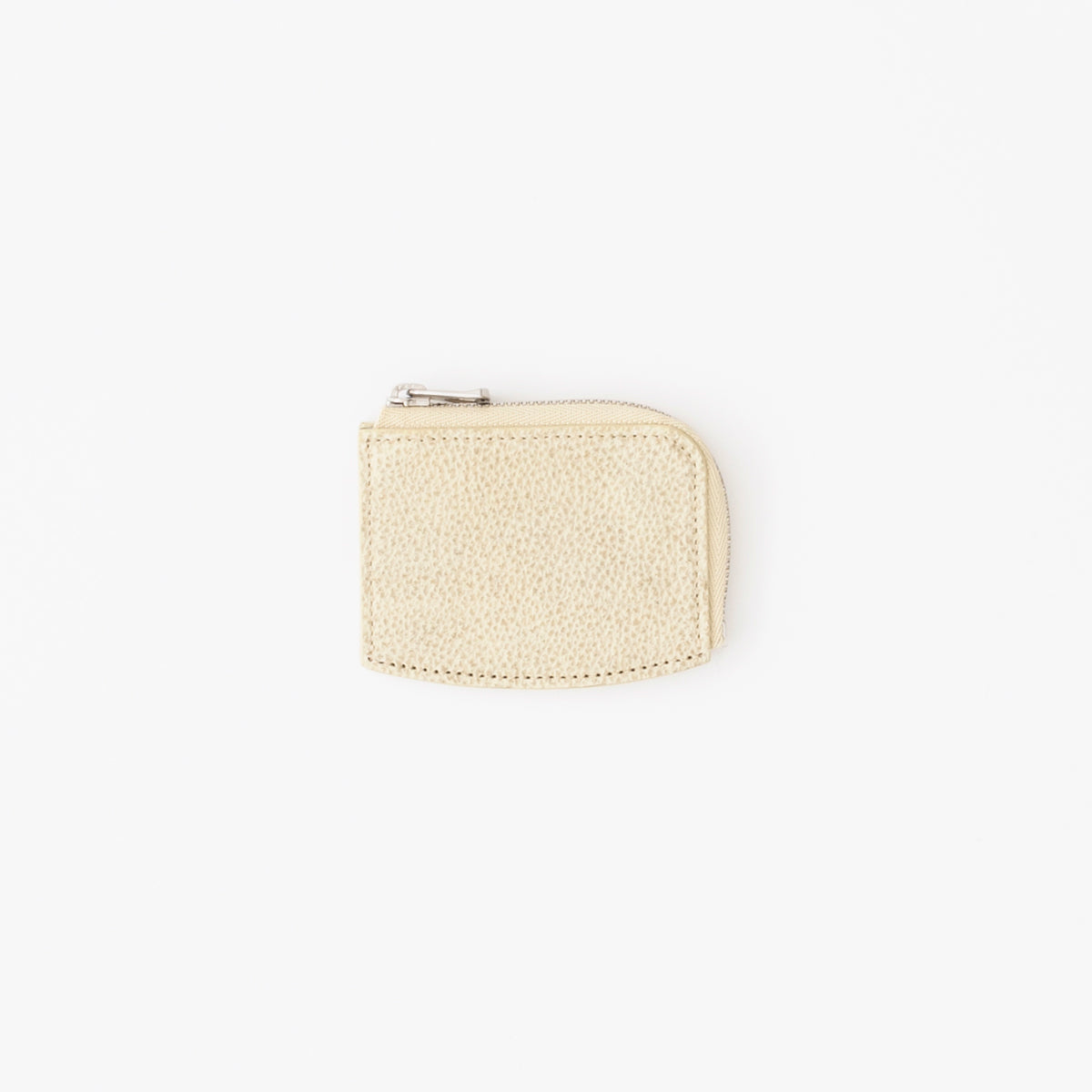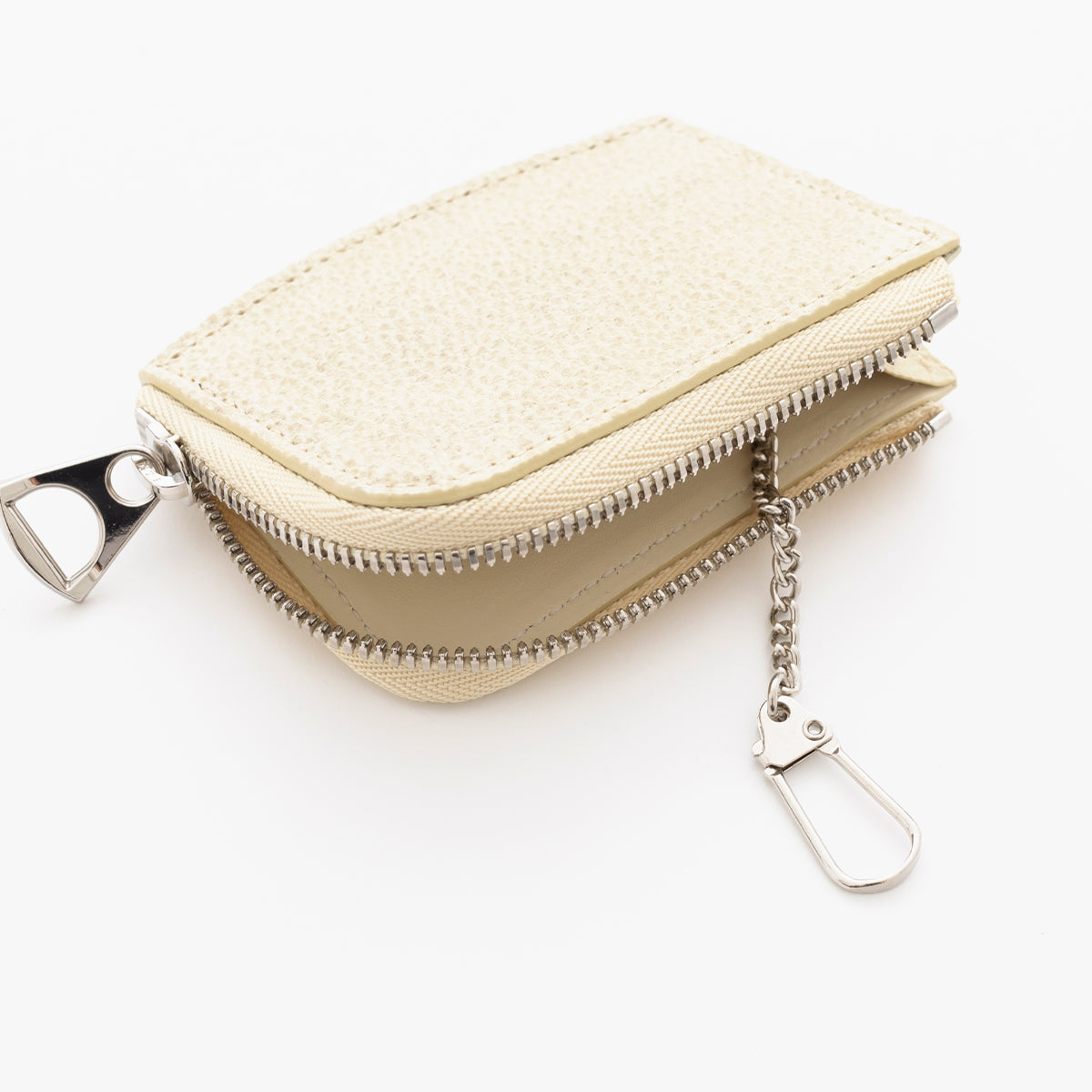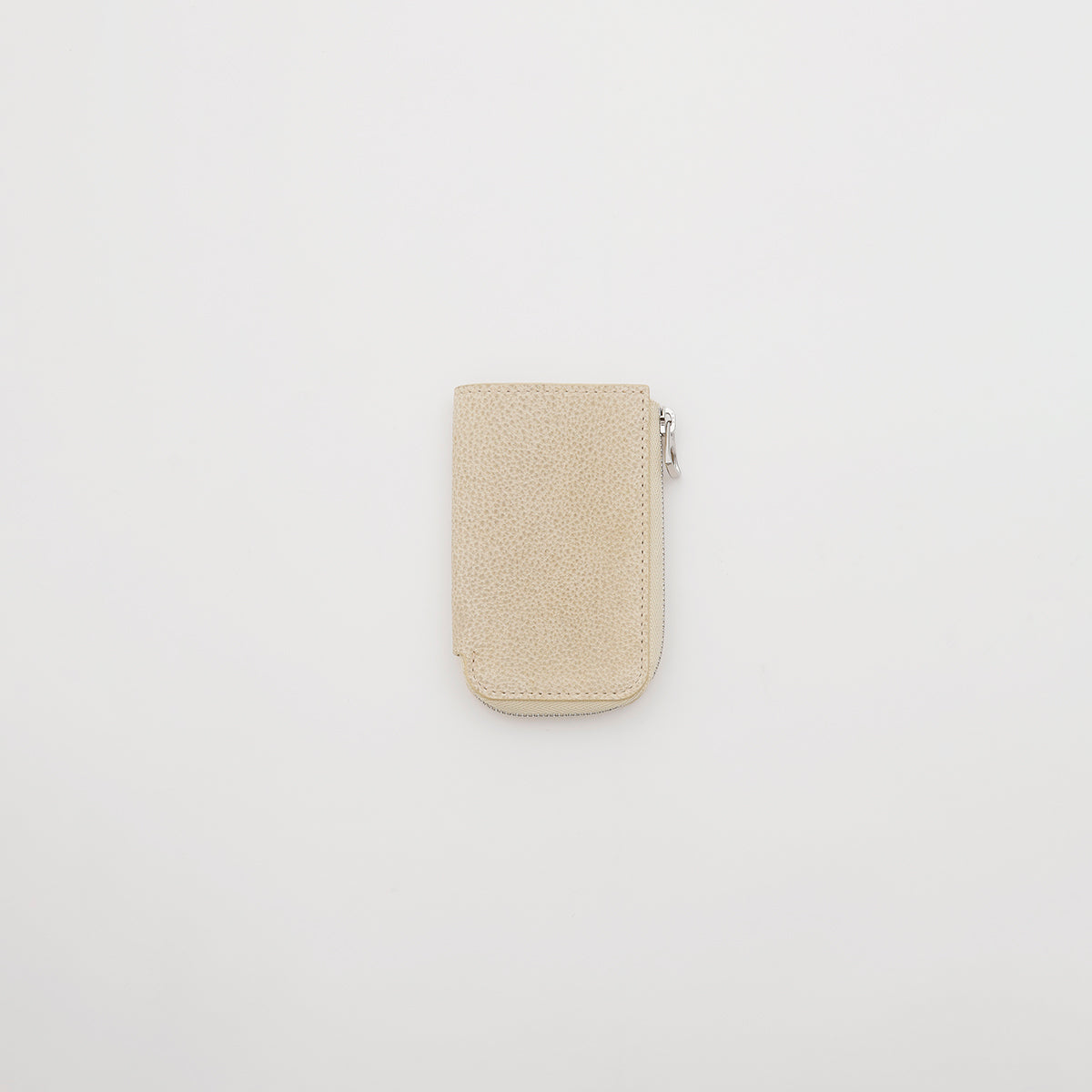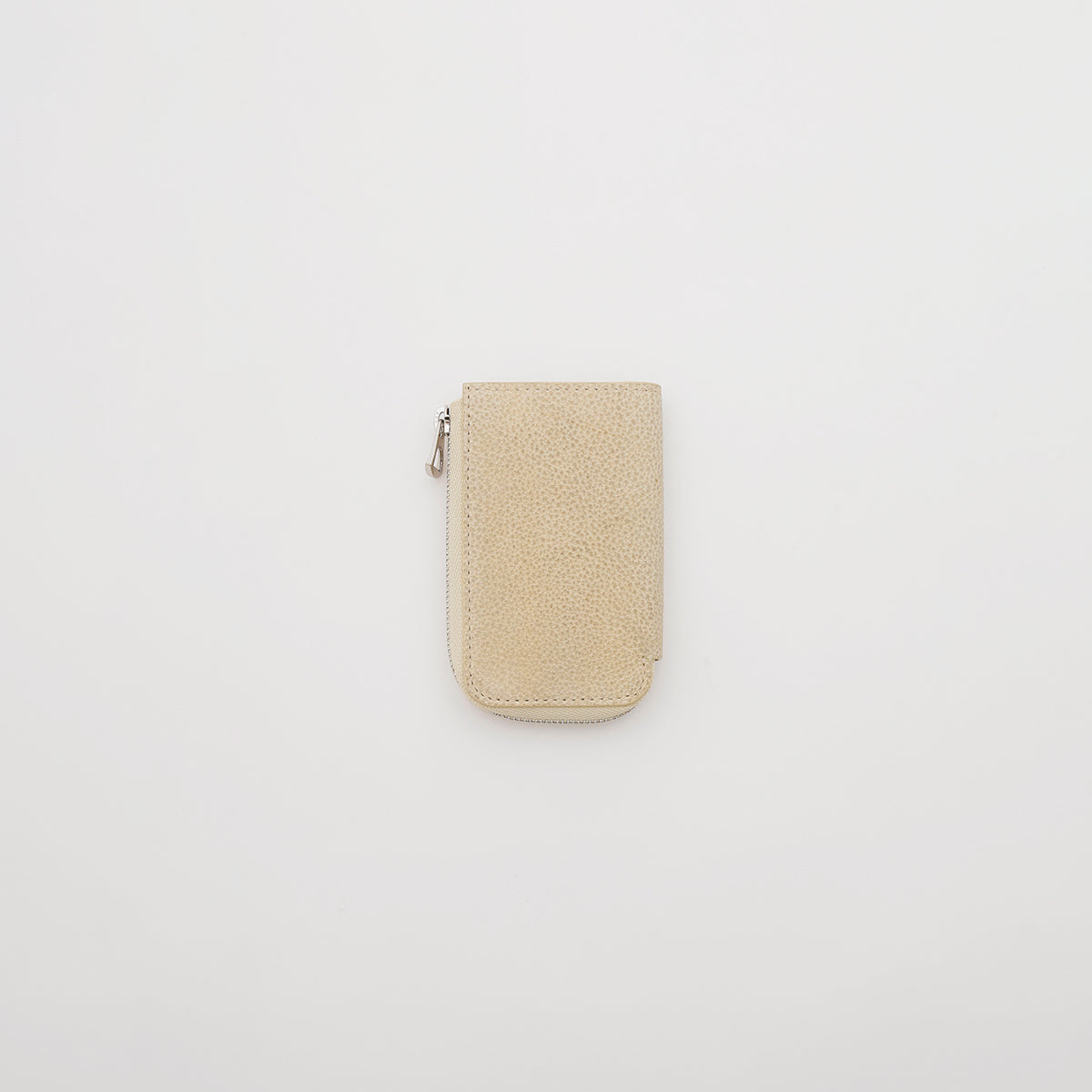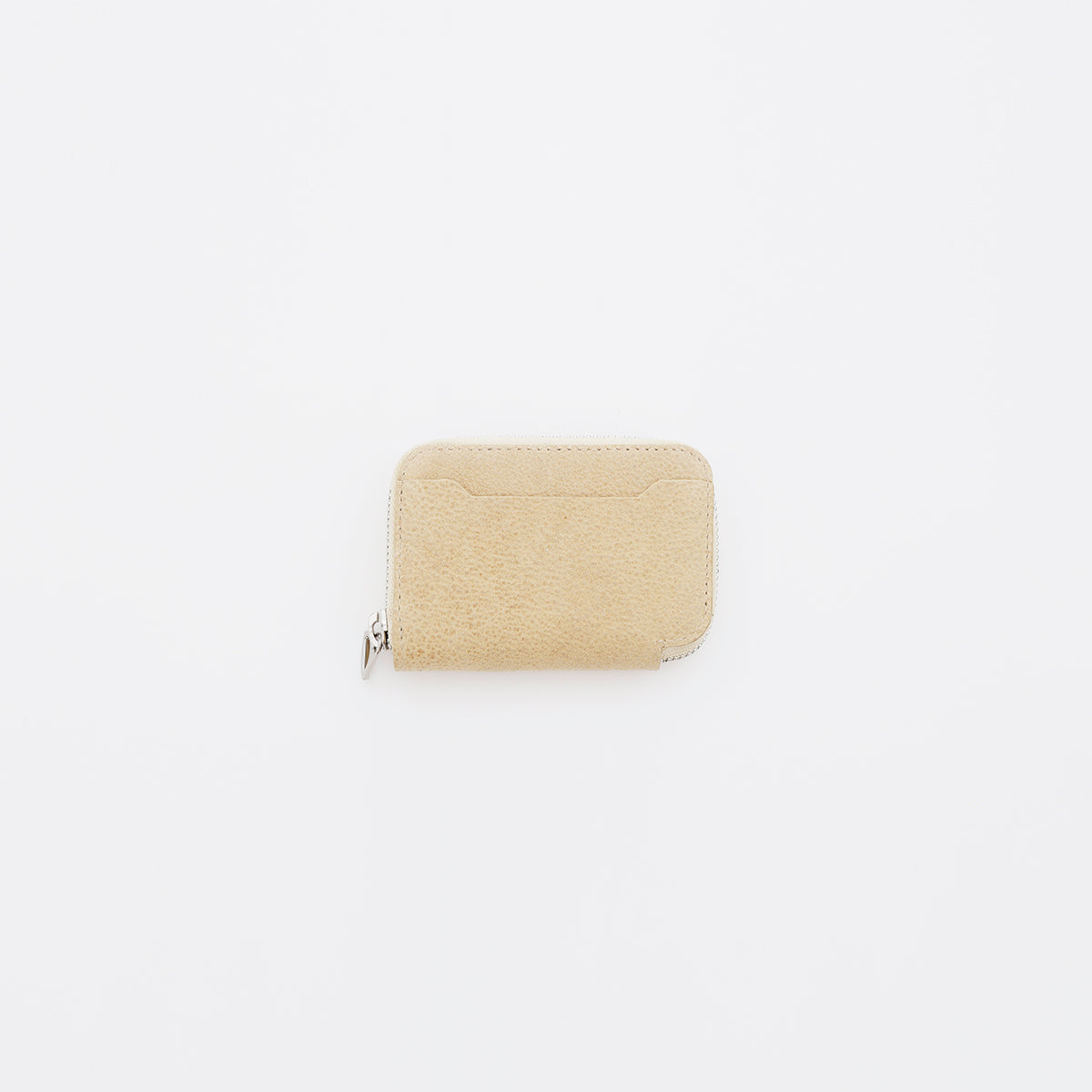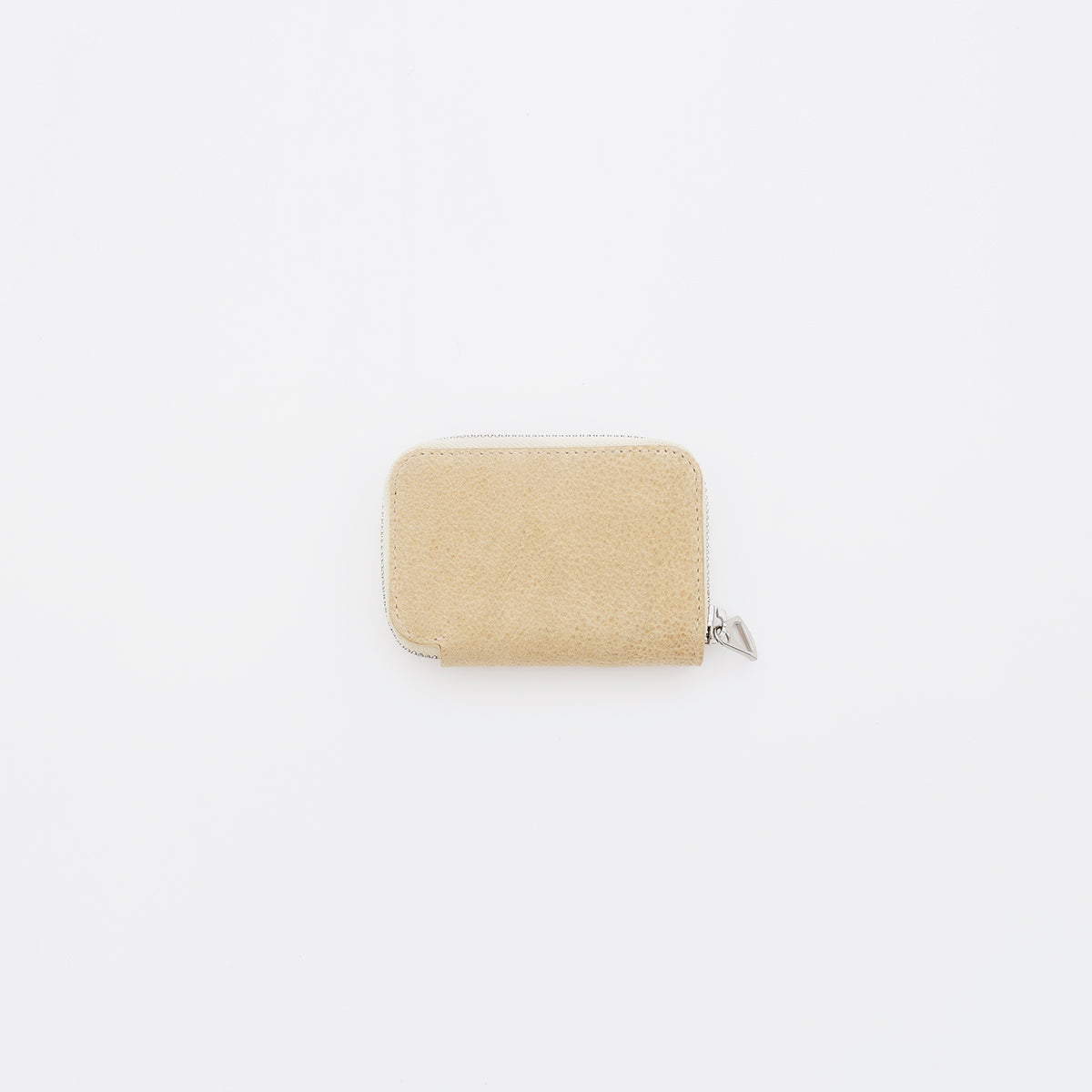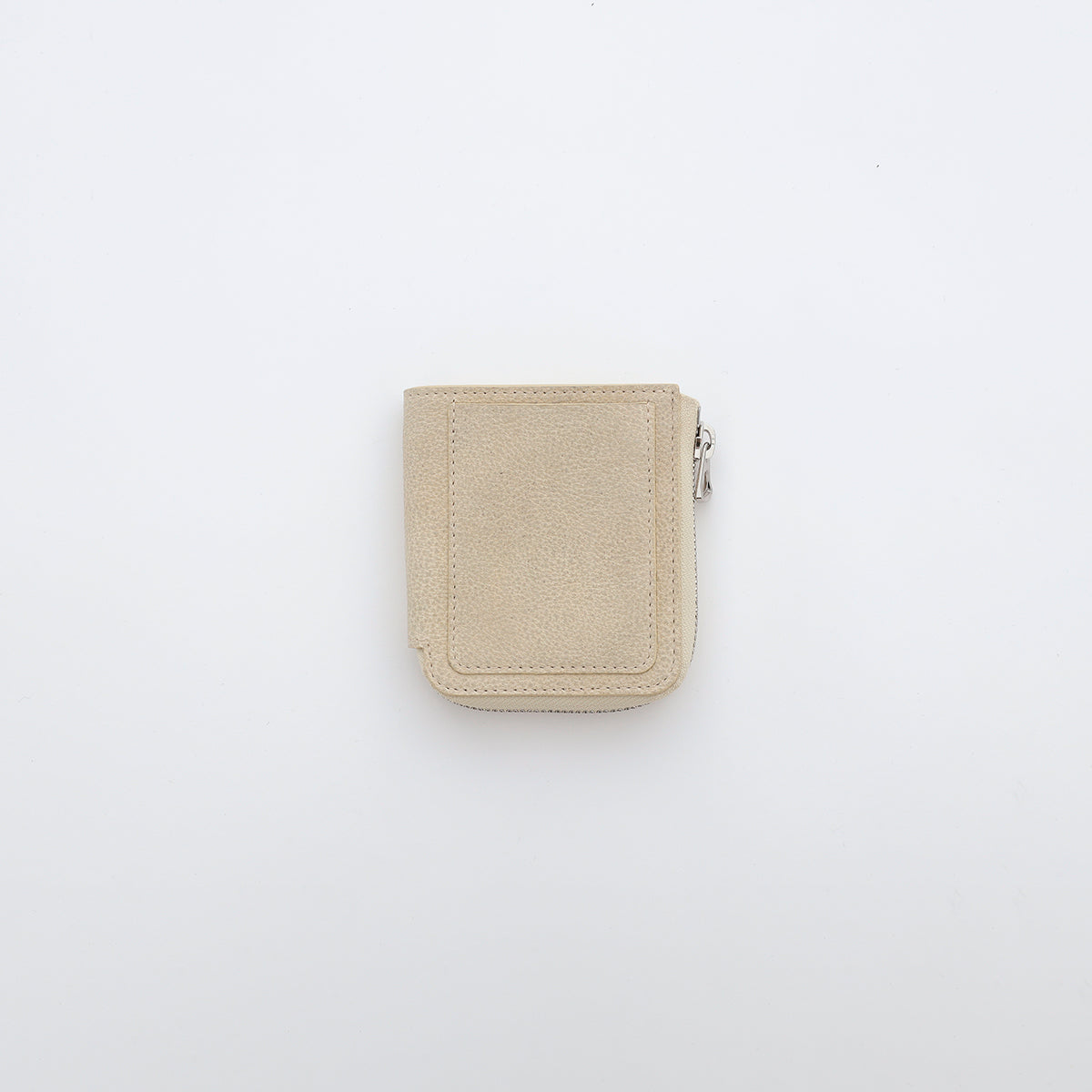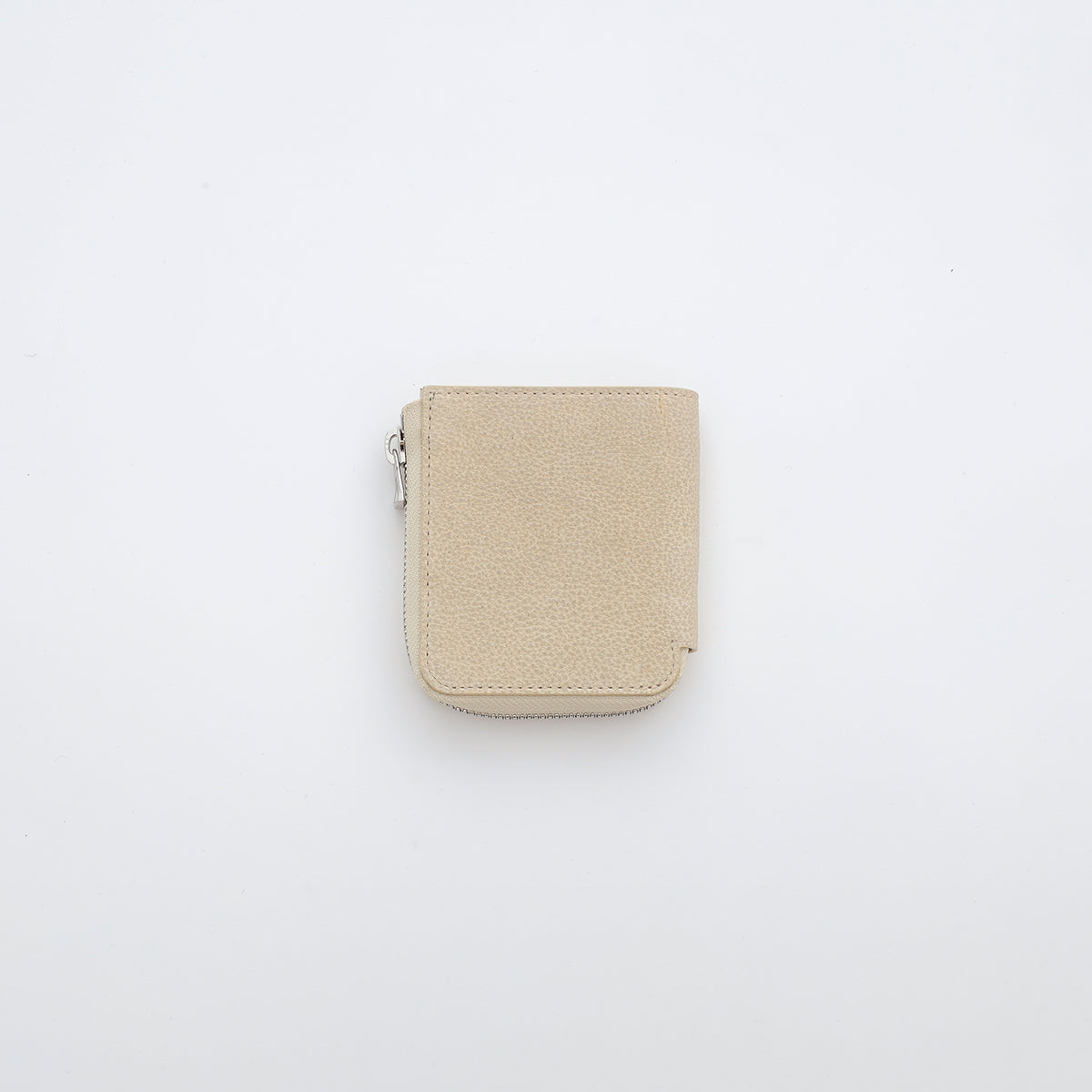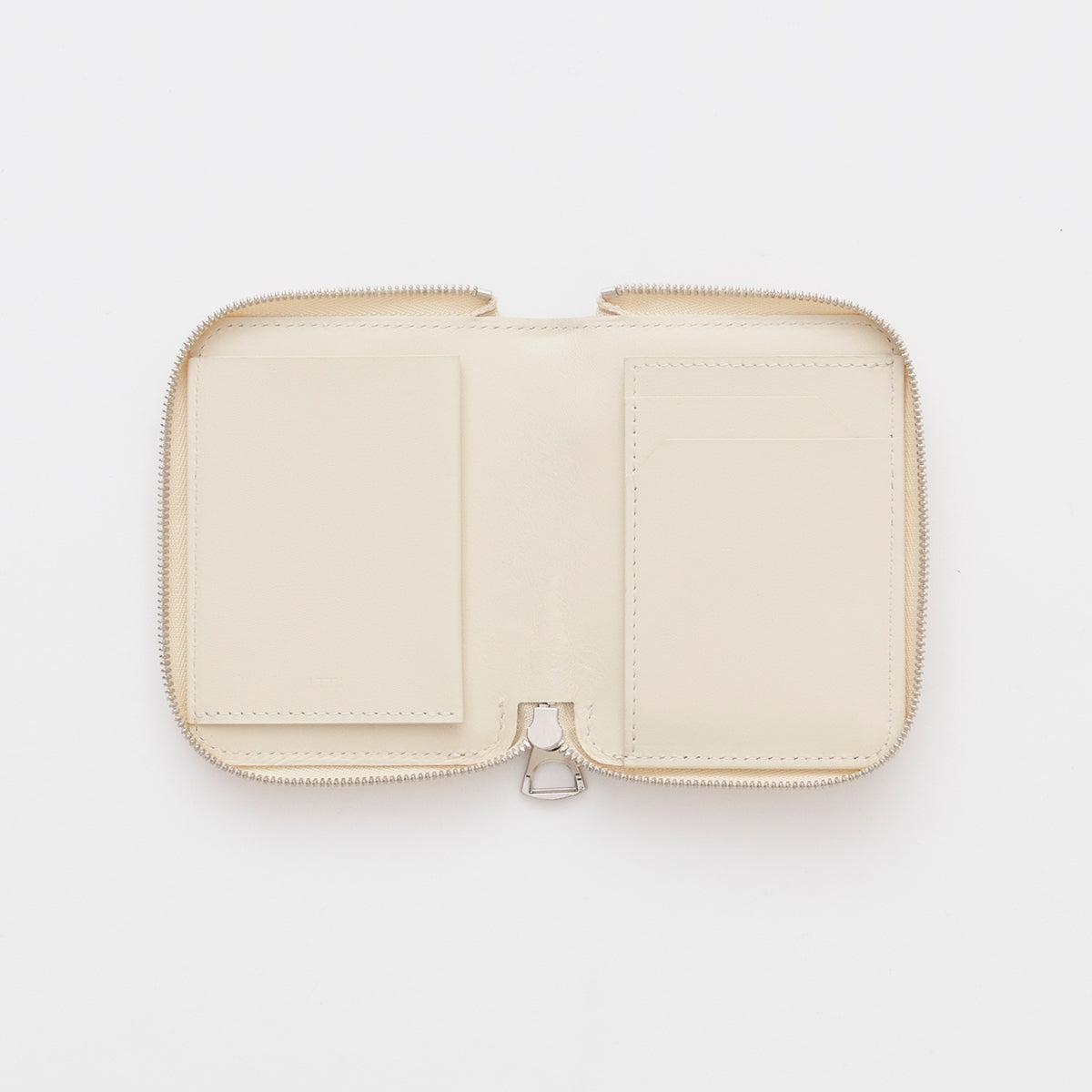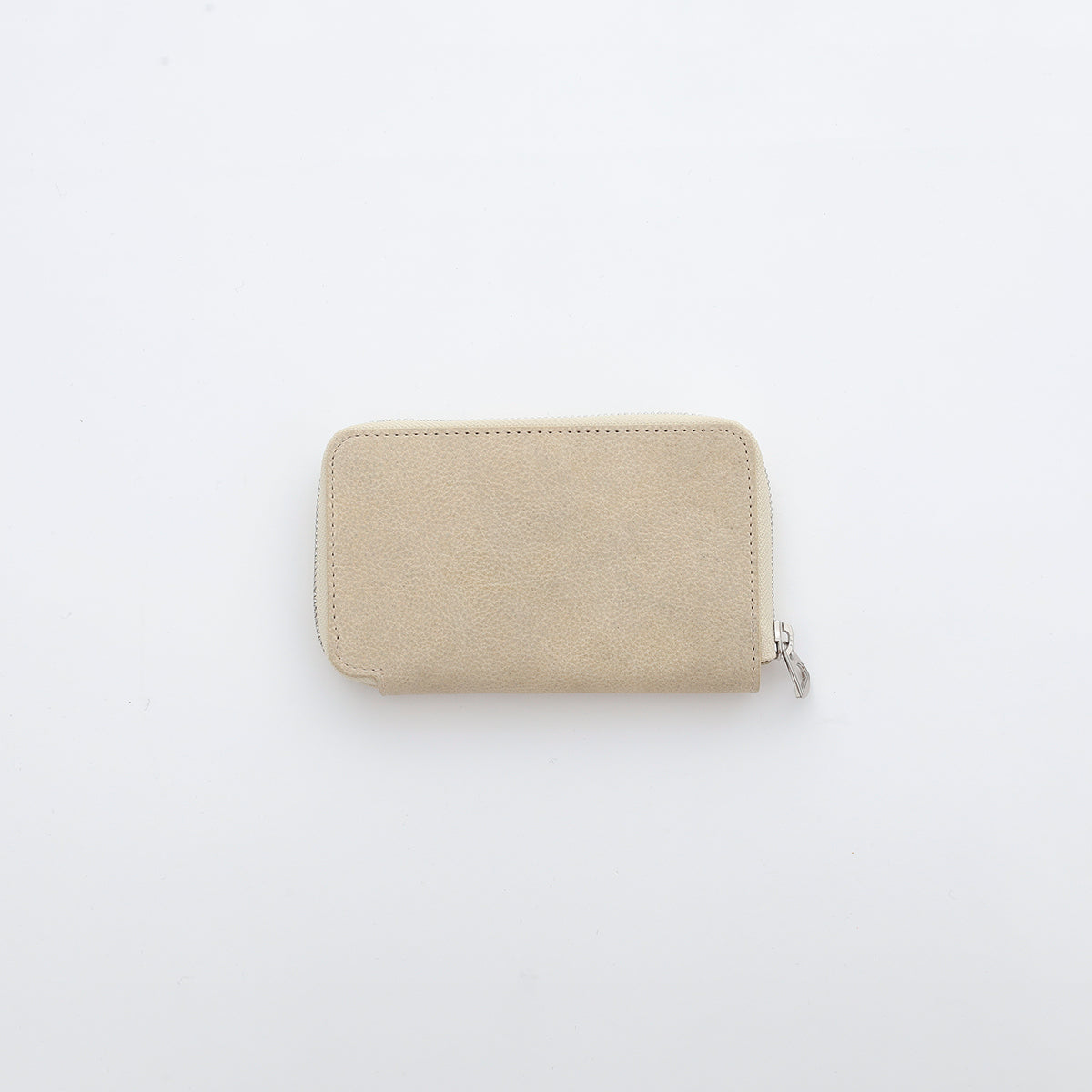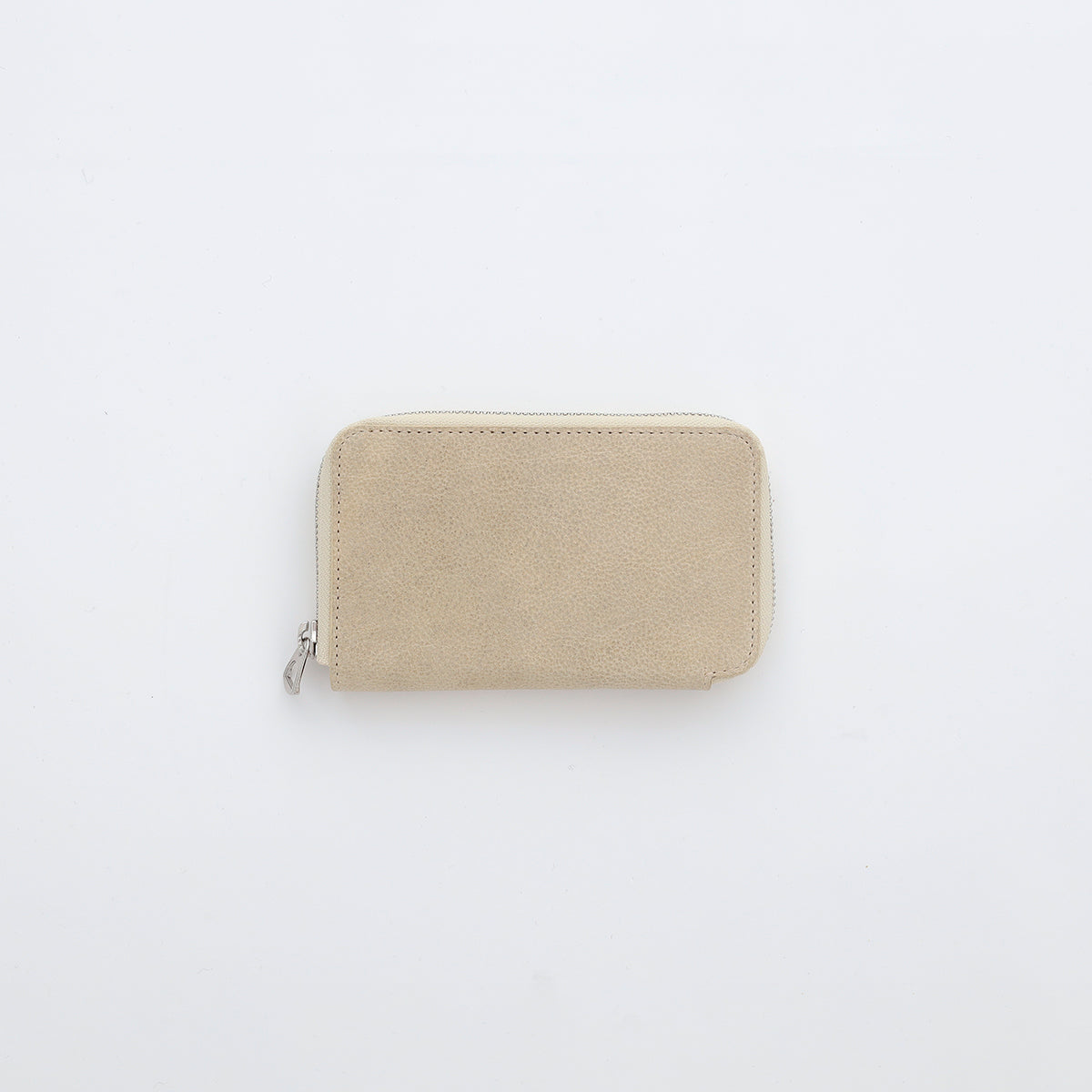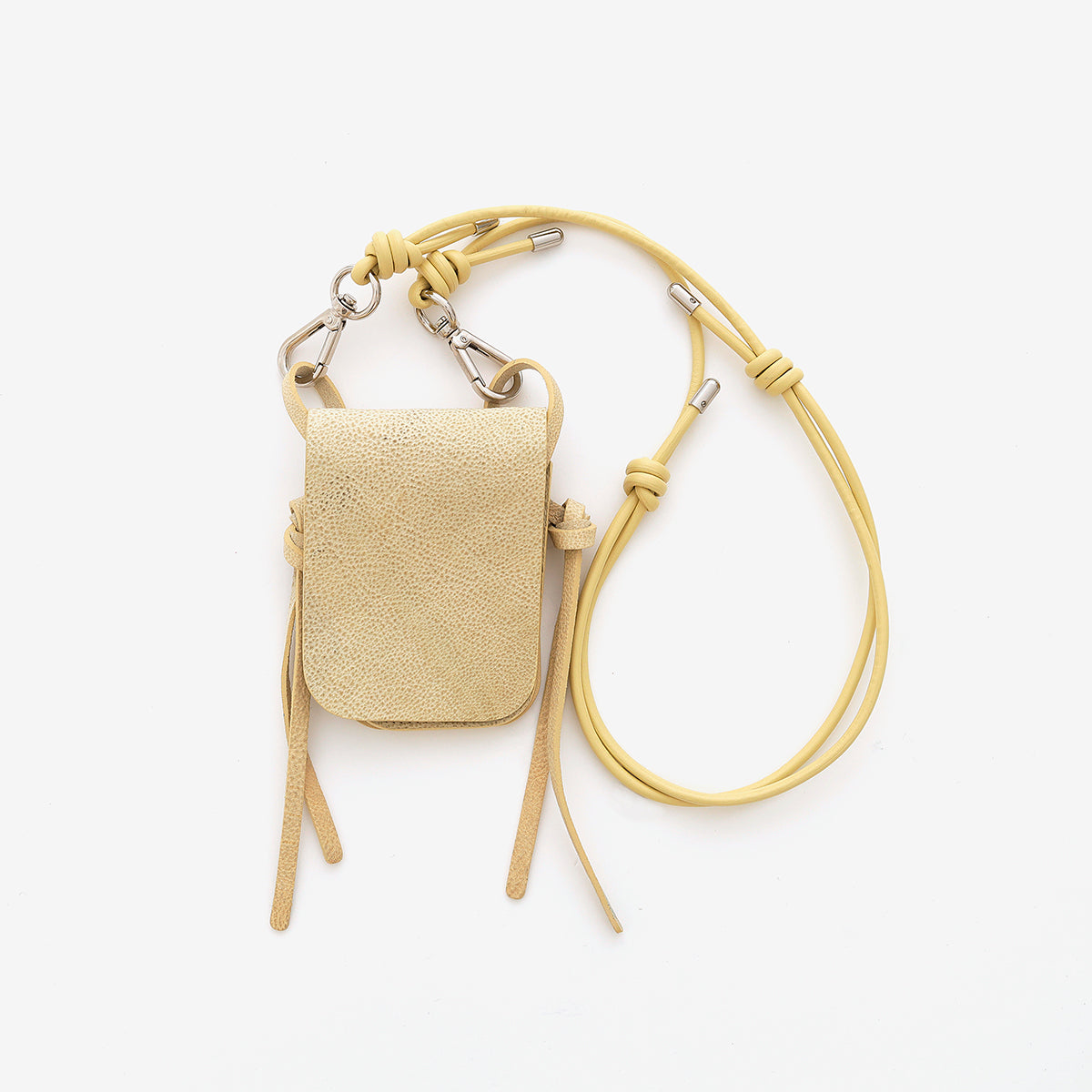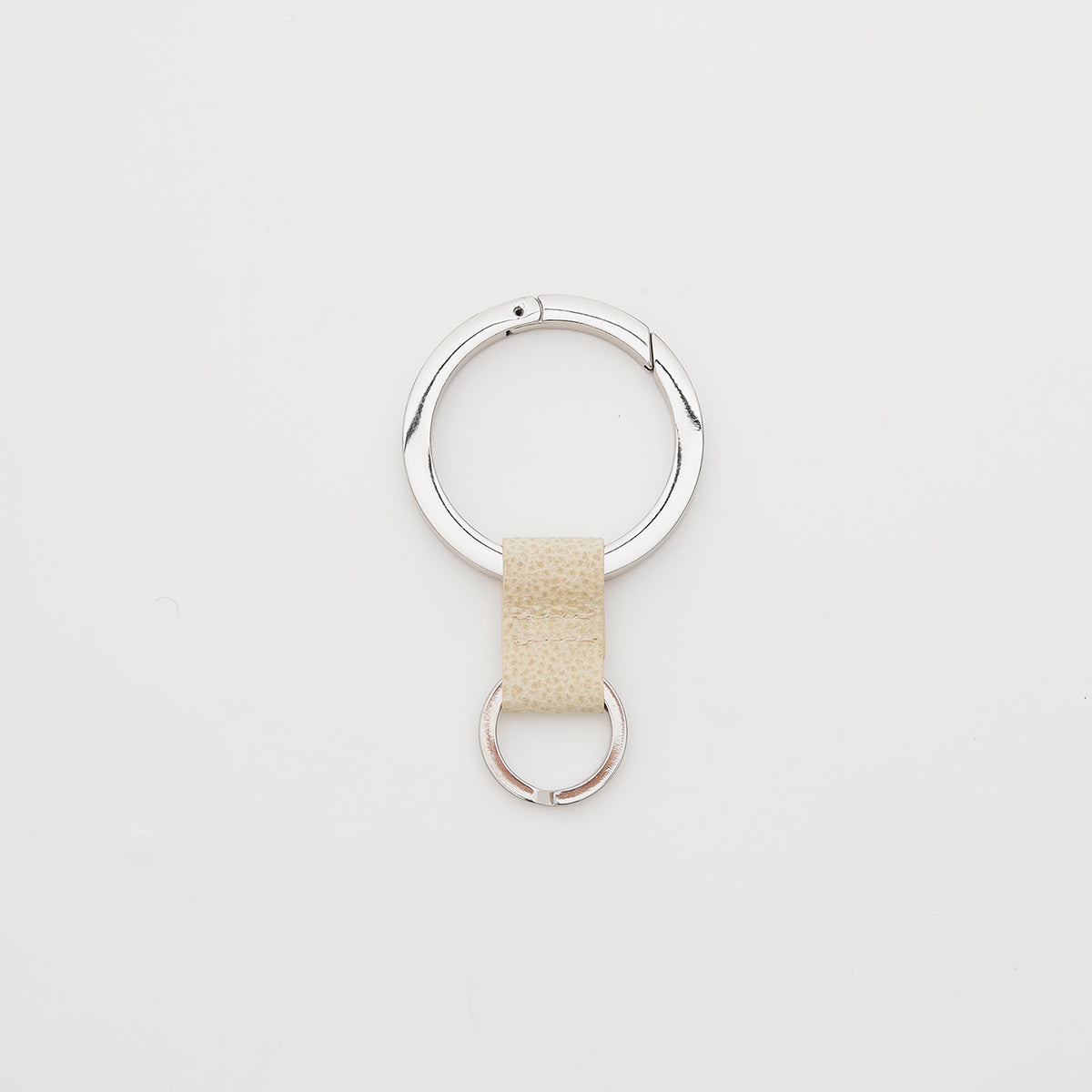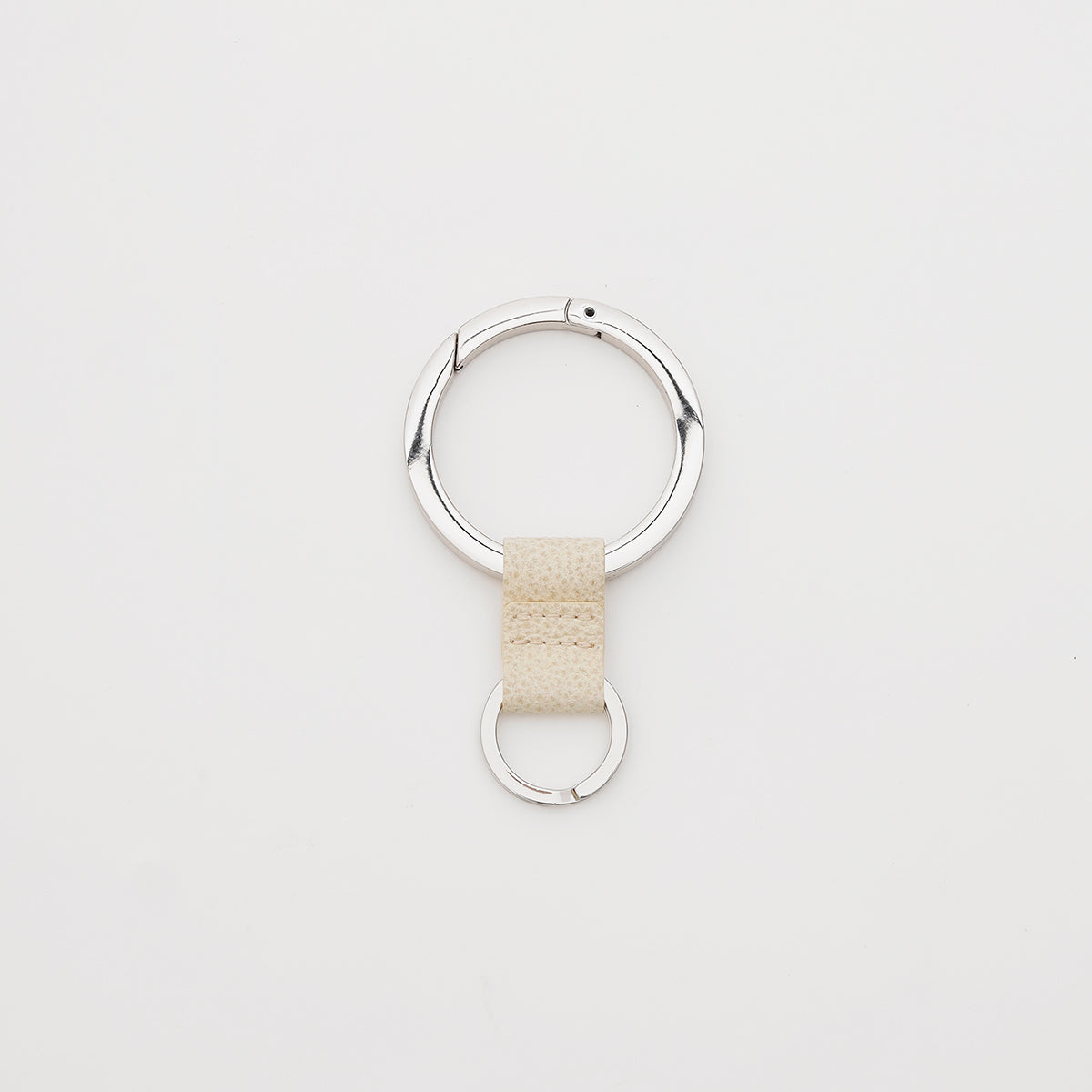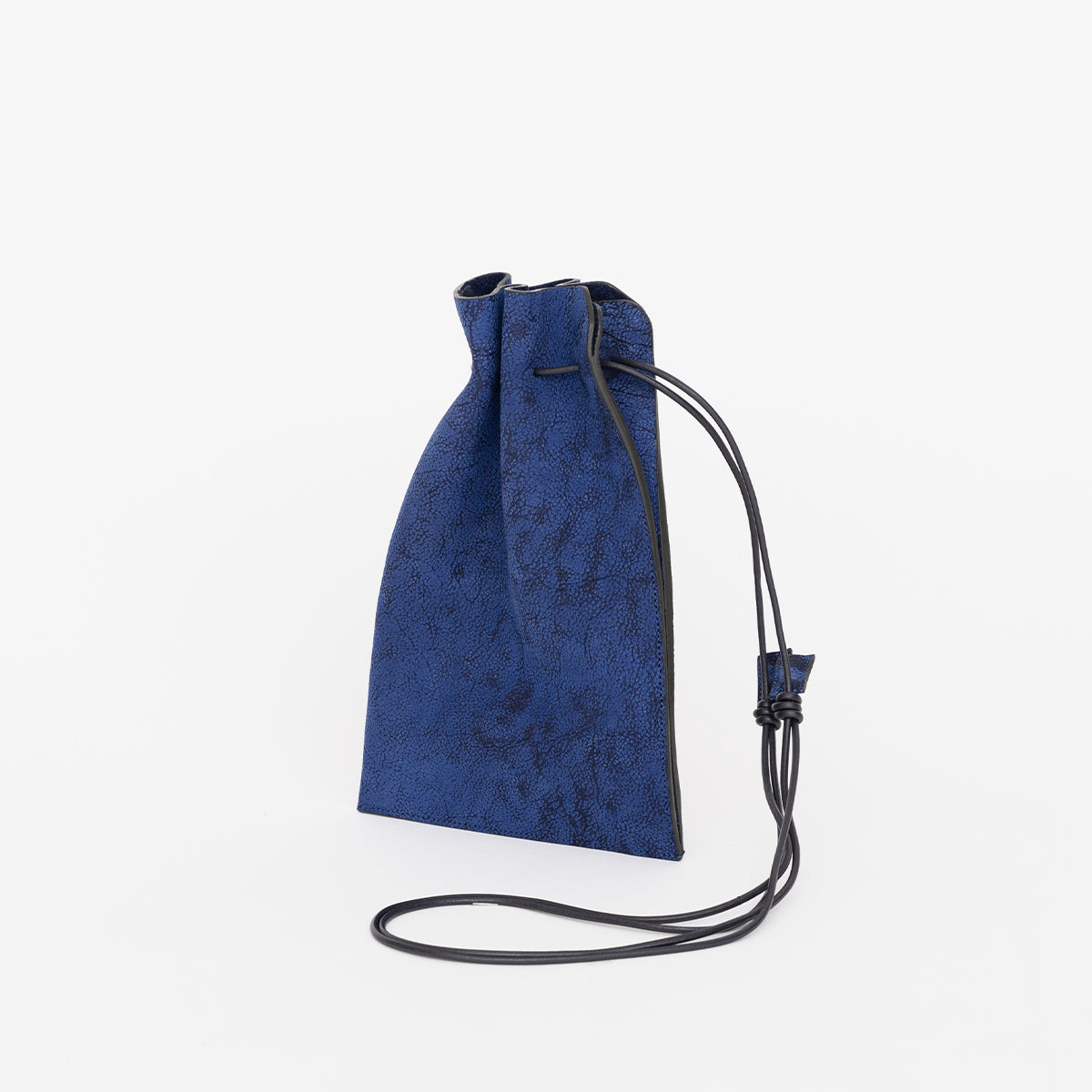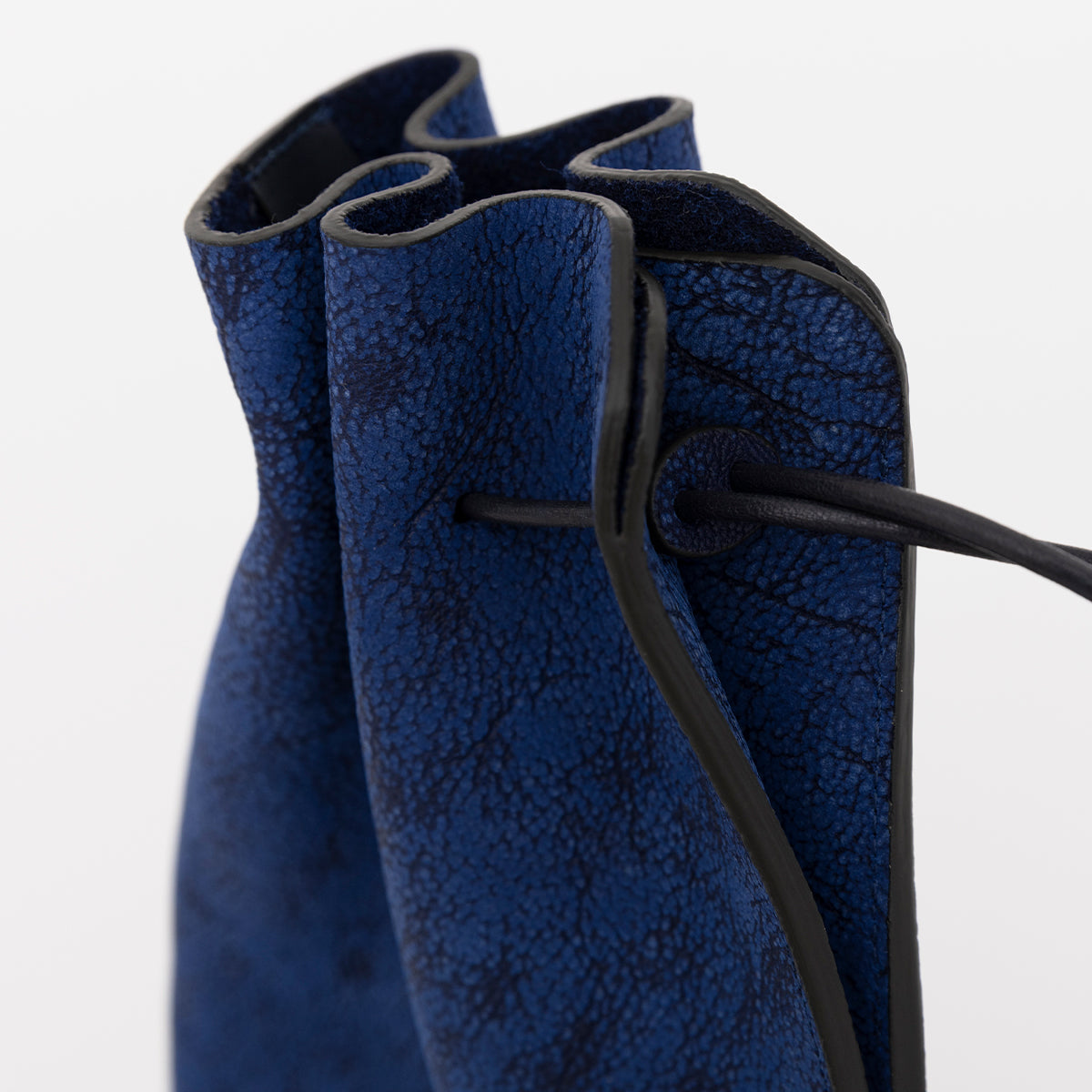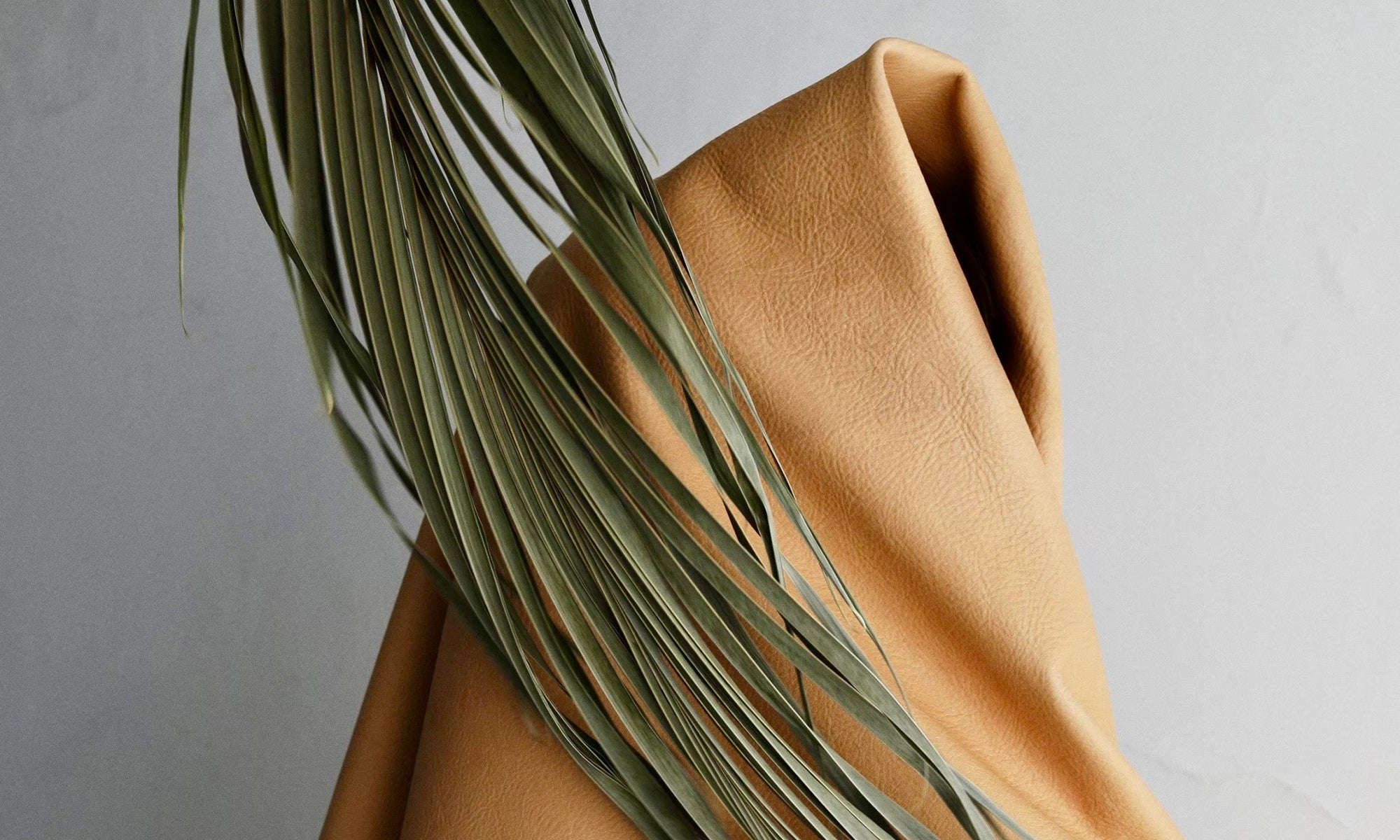
「SHIRONAMESHI」是日本姬路的鞣製皮革,已有1000多年的歷史。
姬路的「白鞣皮革」已有1000多年的歷史
這種皮革的加工過程不使用任何化學品,而是使用鹽和菜籽油,使其具有動物的天然膚色。現代工匠們又復興了一度瀕臨失傳的白鞣技法。
四組設計師和藝術家將以「白色鞣製皮革」為主題創作作品,並於2022年在東京和福岡、2023年在巴黎舉辦展覽。參展設計師包括Tomo&Co、Aloha Blossom、ITTI,以及陶瓷藝術家野口弘成等。野口將白色鞣製皮革塗上顏料,並使用該皮革為每個品牌創作作品。
Shironameshi leather is a tanned leather that keeps the original skin color of animals, that is finished with only salt and rapeseed oil without using any chemicals and it has a history of more than 1000 years.
4 designers and artists have teamed up to use the Shironameshi leather and do an exhibition in Tokyo and Fukuoka in 2022 and in Paris in 2023. Tomo&Co, Aloha Blossom, and ITTI will use painted leather by artist Kansai Noguchi to make special products for the exhibition.
SHIRONAMESHI EXHIBITIONS
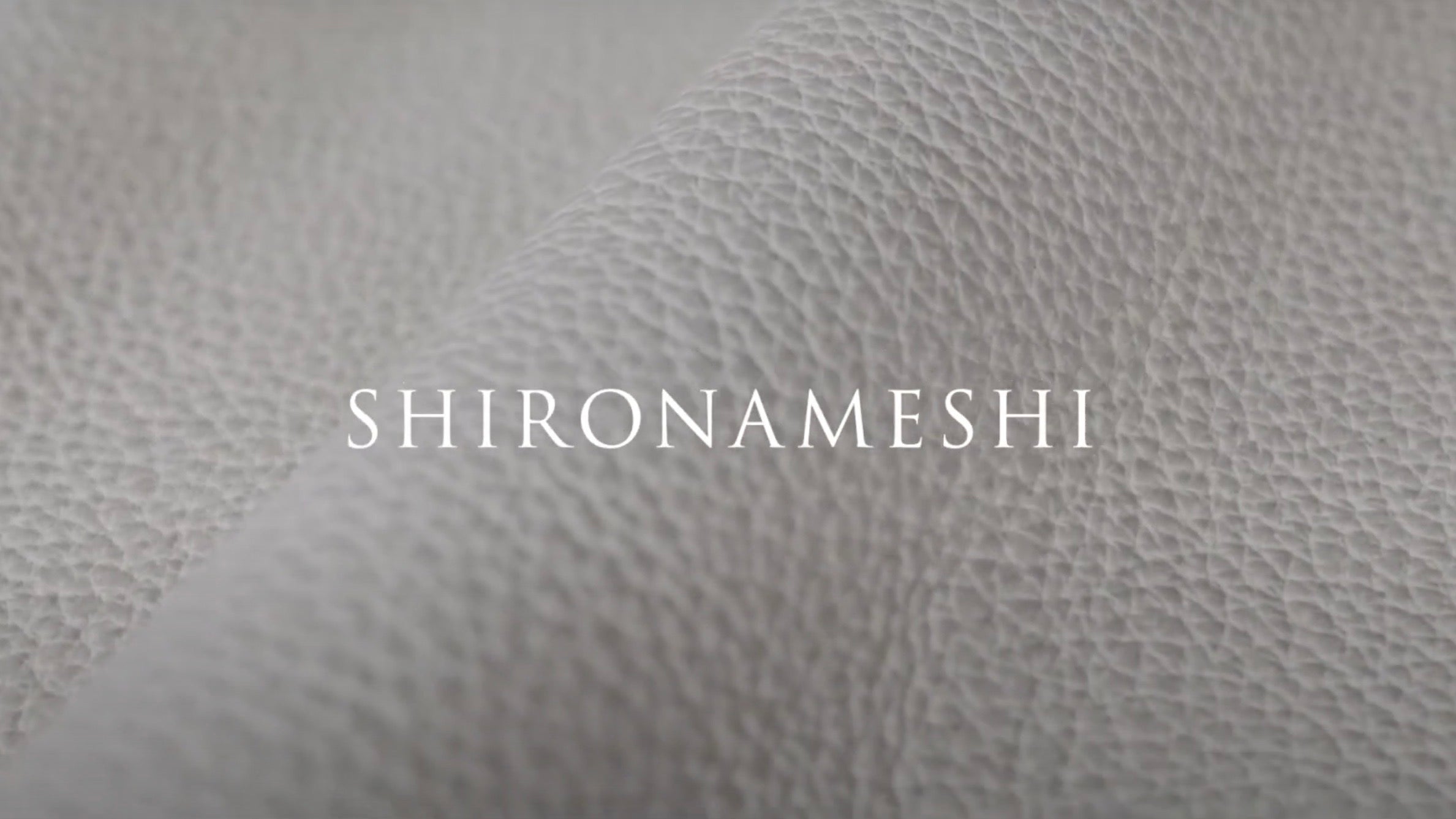
Shironameshi leather
白色鞣製皮革
這是具有動物天然膚色的皮革,不使用任何化學品,僅使用鹽和菜籽油進行加工。曾經瀕臨失傳的白鞣技術,被現代皮革鞣製師新田伸大先生復興。這種以歷史為後盾的工藝被描述為「終極=未完成」。這些都是基礎,因為它們是純粹的,所以充滿了各種可能性。
Shironameshi leather is tanned leather that keeps the original skin color of animals, that is finished with only salt and rapeseed oil without using any chemicals. Although the method of making the Shironameshi leather once almost became extinct, Mr. Matomo Nitta, a modern tanning leather craftsman, has revived it. Japan’s highest peak of leather, the Shironameshi leather, is in a different context from premium leather. The craftsmanship backed by experience in a long period of time is said to be “ultimate equals unfinished.” Because these are base and innocent, they are full of possibilities.

Himeji, the mecca of the leather industry
姬路,皮革產業的聖地
兵庫縣西部的這個地區被稱為播磨,平安時代的一本書中記載著「播磨是皮革產地」。流經高木地區的市川,在一千多年的時間裡支撐著各個時代的白鞣業,其水質非常適合白鞣,據說在其他河流上無法像這裡一樣進行白鞣工作。再加上氣候、地理、環境等條件優越,白皮革鞣製業在播磨地區蓬勃發展也是理所當然的。
Himeji, located in the western part of Hyogo prefecture, was traditionally called Harima. Records from the Heian period (794 to 1185) show that Harima was an area known for leather production. In this period over a thousand years ago, the SHIRONAMESHI method was practiced mainly in the Takagi area of Himeji. The waters of the Ichikawa, the river that ran through the area, were perfect for this method. It is said that SHIRONAMESHI could not have developed in other areas because of differences in water quality. Besides the water quality, the climate and environment of Harima contributed to the success of this method.
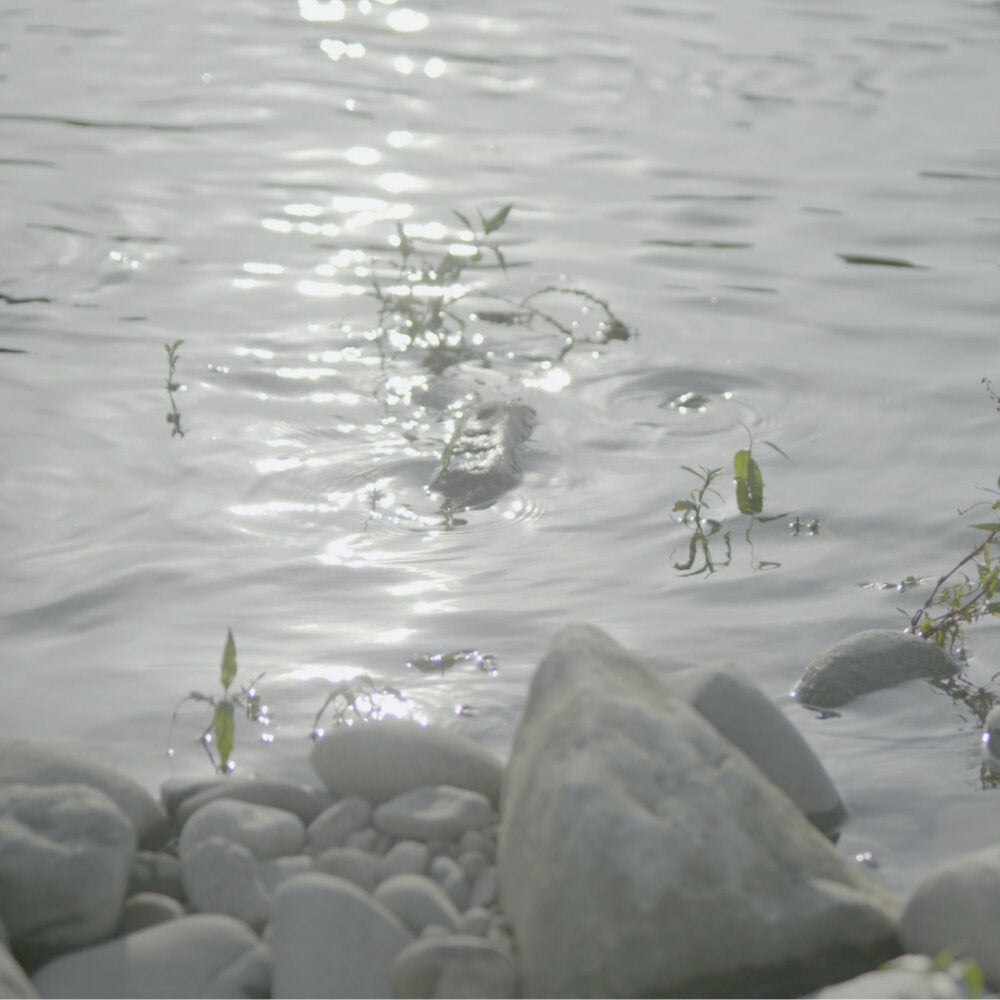
Handing down the techniques and declining of the industry
技術的傳承與衰落
鞣製技術從古代大陸傳到了日本。由於採用市川的水和陽光,這種僅使用鹽和油作為原料的獨特技術得以發展。這種美麗、淺乳白色、柔軟的白鞣皮革成為江戶時代姬路藩的特產,皮革工藝在國內外傳播開來。然而,明治以後,隨著西洋鞣革的傳播,白色鞣革的需求也逐漸減少。
Tanning was originally brought over to Japan from China in ancient times. With the waters of the Ichikawa and weather conditions at Himeji, the SHIRONAMESHI method, which only uses salt and oil, was gradually evolved. During the Edo period, SHIRONAMESHI leather, famed for its beautiful cream color and strength and suppleness, was a specialty of the Himeji clan. Leatherwork using SHIRONAMESHI leather was sought after both at home and abroad. However, as western tanning methods gained popularity after the Meiji period, demand for SHIRONAMESHI leather decreased.

Acknowledgment of the “SHIRONAMESHI”
姬路白皮革鞣製工藝享譽全球
雖然白鞣是姬路歷史悠久的技術,但製造成本低且可大規模生產的鉻鞣已成為主流。 2000 年,當白鞣不再是產業時,G. Moak 博士(全國羅伊特林根皮革學院製革學校校長)向內政部發送了一封信。它認識到白鞣革的稀有性並強烈主張保護它的必要性。這標誌著傳統技術的復興。
SHIRONAMESHI initially lost favor when chromium tanning methods, which were much cheaper and more suitable for mass production, became more widespread. Around 2000, long after the practice of SHIRONAMESHI had ceased, Dr. G. Moog, the dean of the Leather Institute German Tanners’ School Reutlingen, urged local Himeji government officials to revive this traditional technique. In a letter, he hailed the uniqueness of the SHIRONAMESHI method and insisted that the technique be brought back and preserved.
SHIRONAMESHI 2022
IMAGE VISUAL
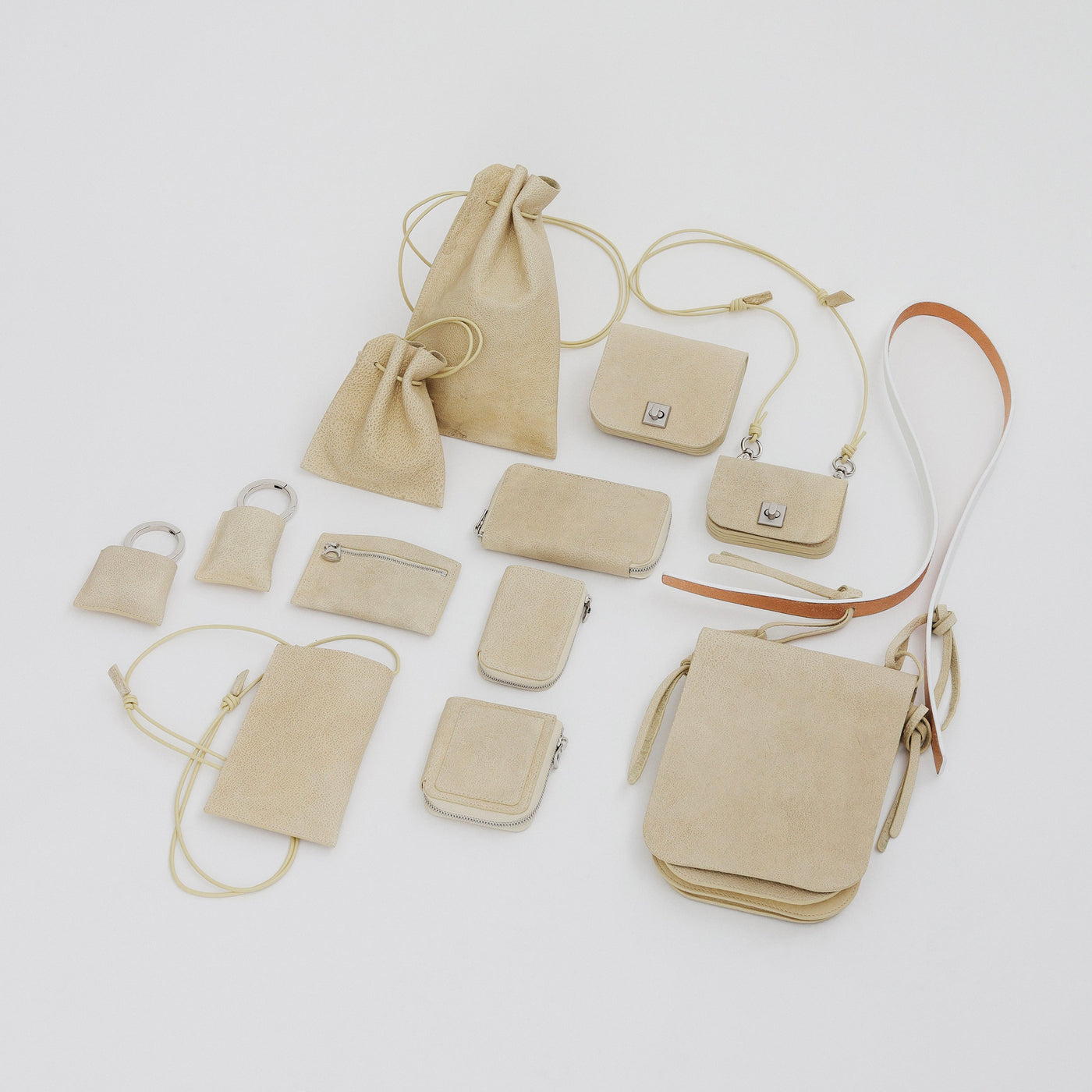
SHIRONAMESHI × ITTI
白色鞣製皮革 × ITTI
壓倒性的自然存在。設計師青木本人對白色鞣製工藝十分著迷,這種工藝用於製作 ITTI 的主打產品,例如包袋和錢包。任何可能存在的刮痕或變色都已轉化為設計價值,使作品具有實用的外觀,同時仍感覺像是穿著藝術品。
The overwhelming presence of natural taste. Shironameshi leather which fascinates the designer Aoki himself is used for ITTI's standard items including bags and wallets. The original scratches and discolorations are transformed into design value, and the result is an image of wearing art with practicality.
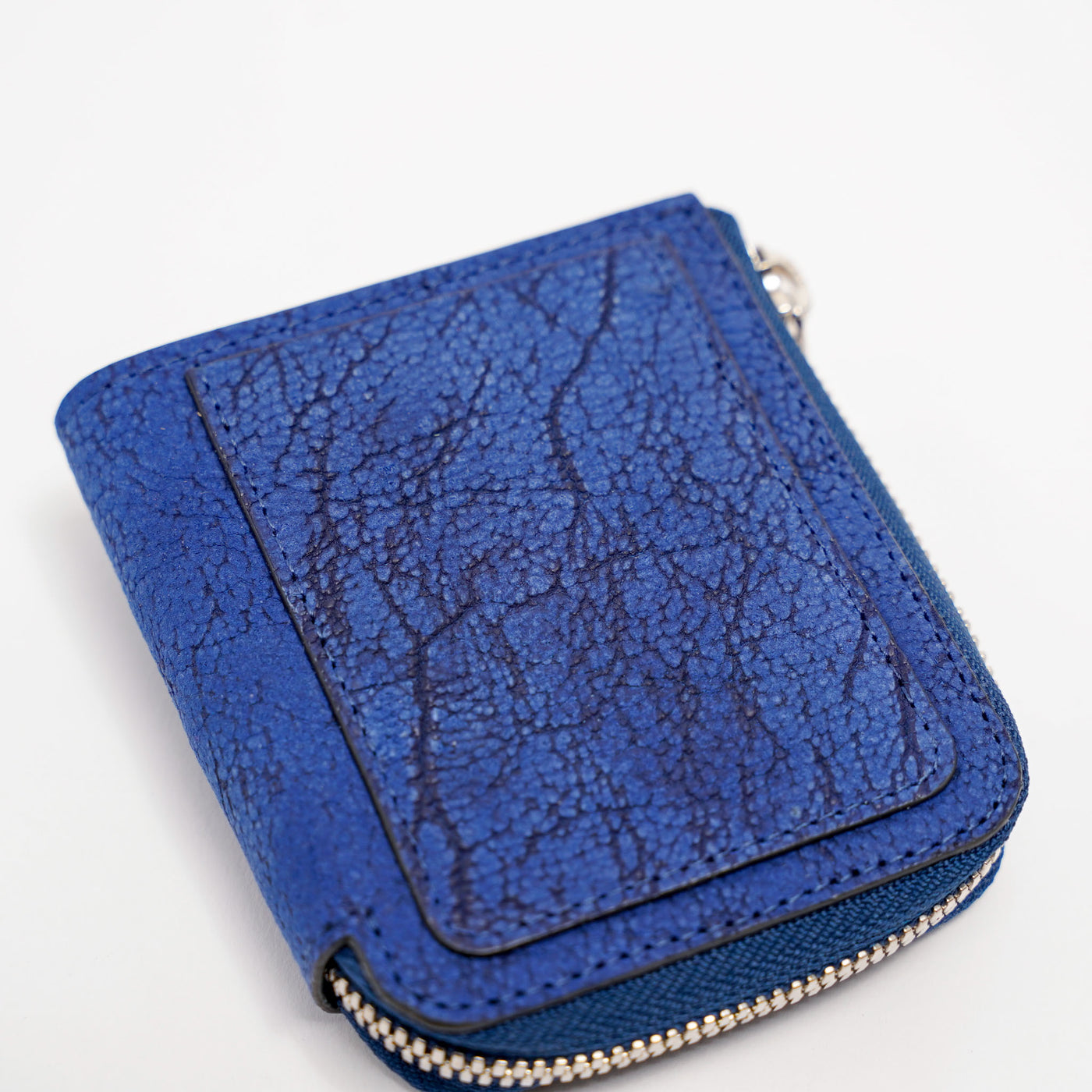
NUBUCK SHIRONAMESHI × ITTI
磨砂白皮革 x ITTI
白色鞣製皮革採用傳承了 1000 多年的技術製作而成,該技術僅使用水、鹽和菜籽油鞣製皮革,不使用任何化學品。其中,「NUBUCK SHIRONAMESHI」是以將表面粗糙、難以直接使用的物品進行升級改造為概念。染色後,用砂紙打磨銀表面,使其呈現前所未有的豐富外觀。
White-tanned leather is tanned using only water, salt, and rapeseed oil, without the use of chemicals, a method that has been handed down for over 1000 years. The concept of "NUBUCK SHIRONAMESHI" is to upcycle the leather that has a rough finish and is difficult to use as it is. After dyeing, the silver surface is shaved with sandpaper to create an unprecedentedly rich look.
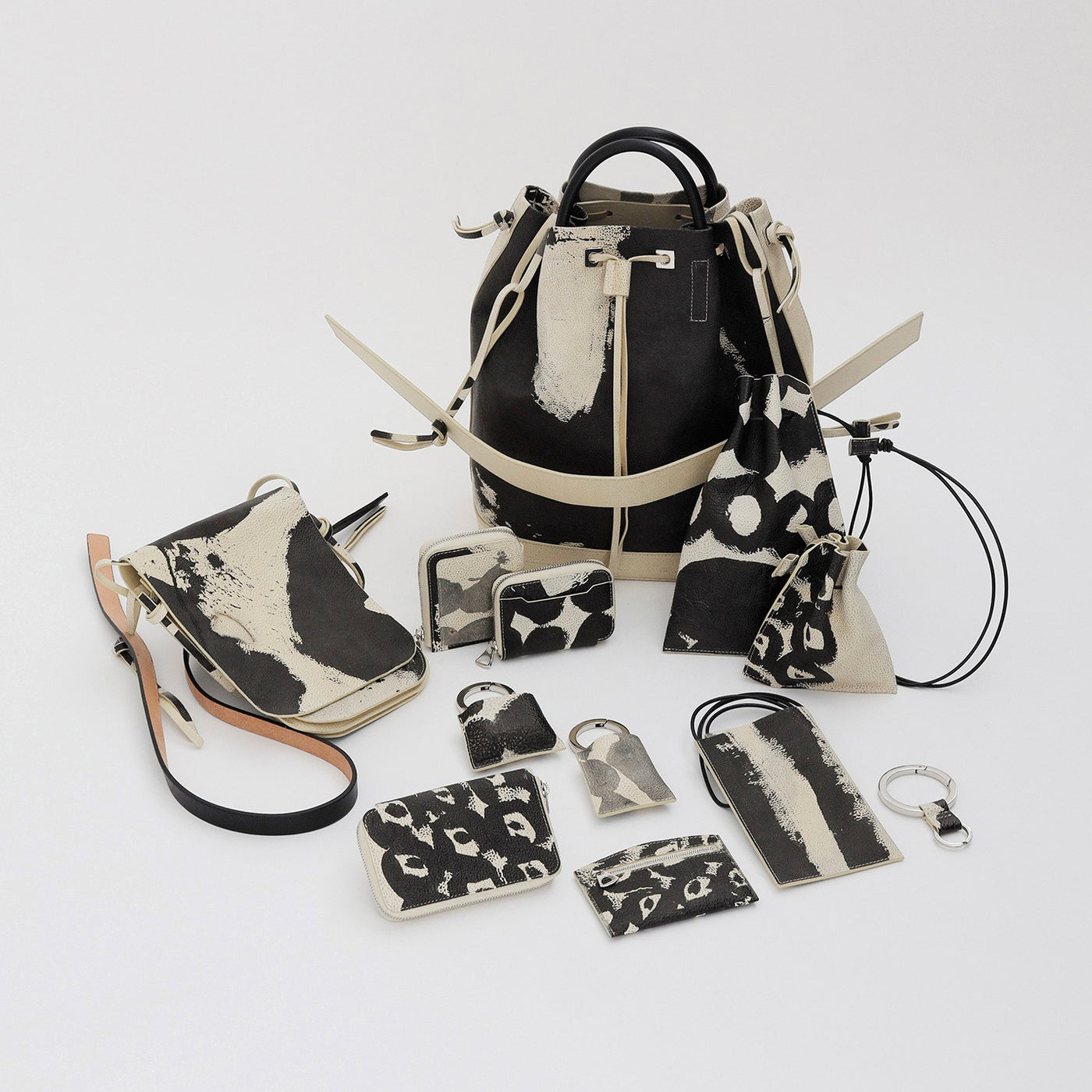
SHIRONAMESHI × KANSAI NOGUCHI
白色鞣製皮革 × 野口宏
陶器上繪有許多圓圈。這些作品源自於野口勇在得知愛犬的餘生後所創作的一系列作品,他創造了圓圈和靈魂,希望「輪迴轉世」。白色鞣製皮革上殘留的污漬和斑點,讓人聯想到過去某個生物的呼吸,透過畫出新的圓圈,彷彿又將生命注入其中。
Paintings on leather and potteries. These paintings are derived from Noguchi’s series of works in which he created circles and souls in the hope of “reincarnation” after he was informed of his beloved dog’s life expectancy. The blotches and stains on the Shironameshi leather remind us of the breath of once living things in the past, and the newly drawn circles seem to breathe life into them once again.


